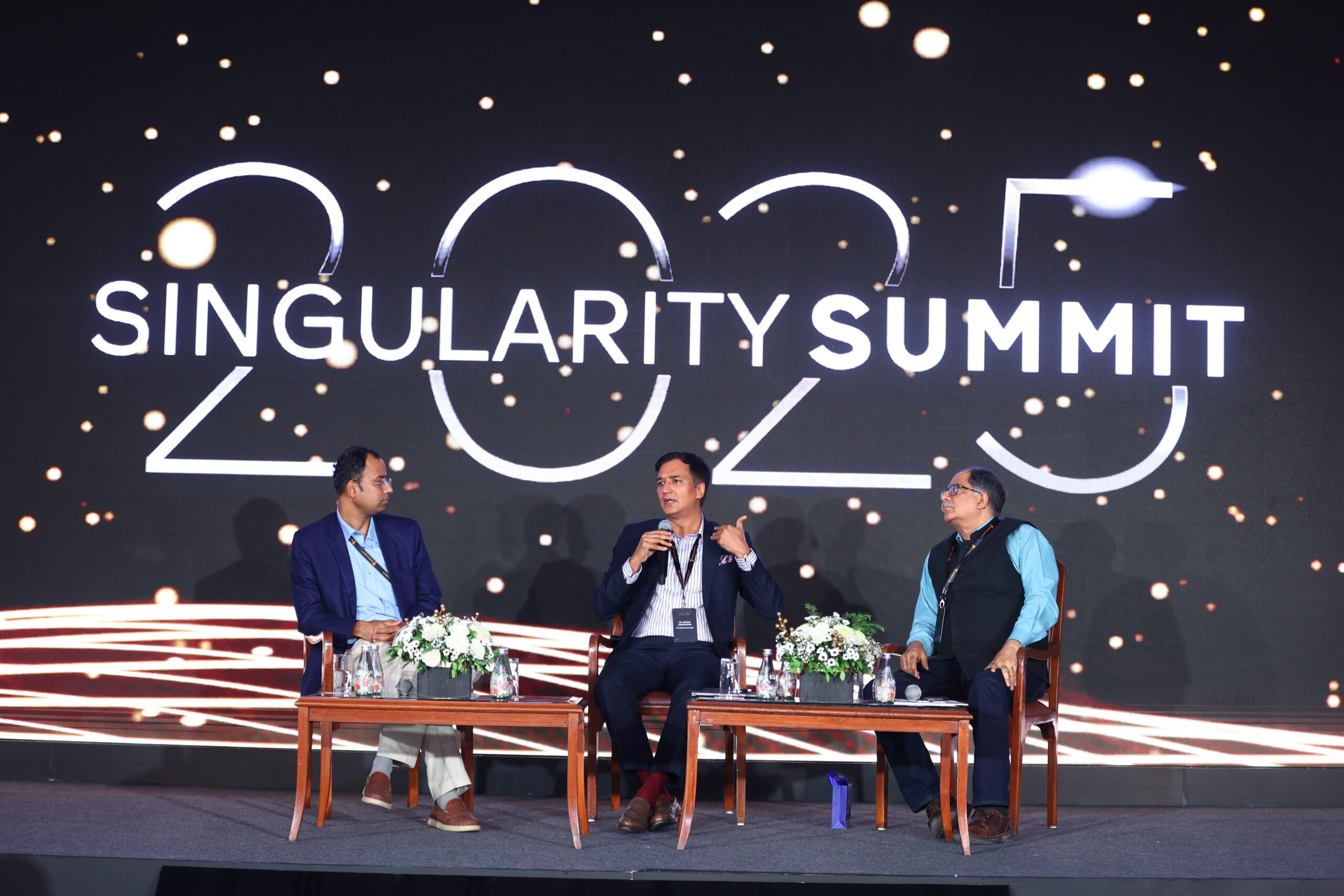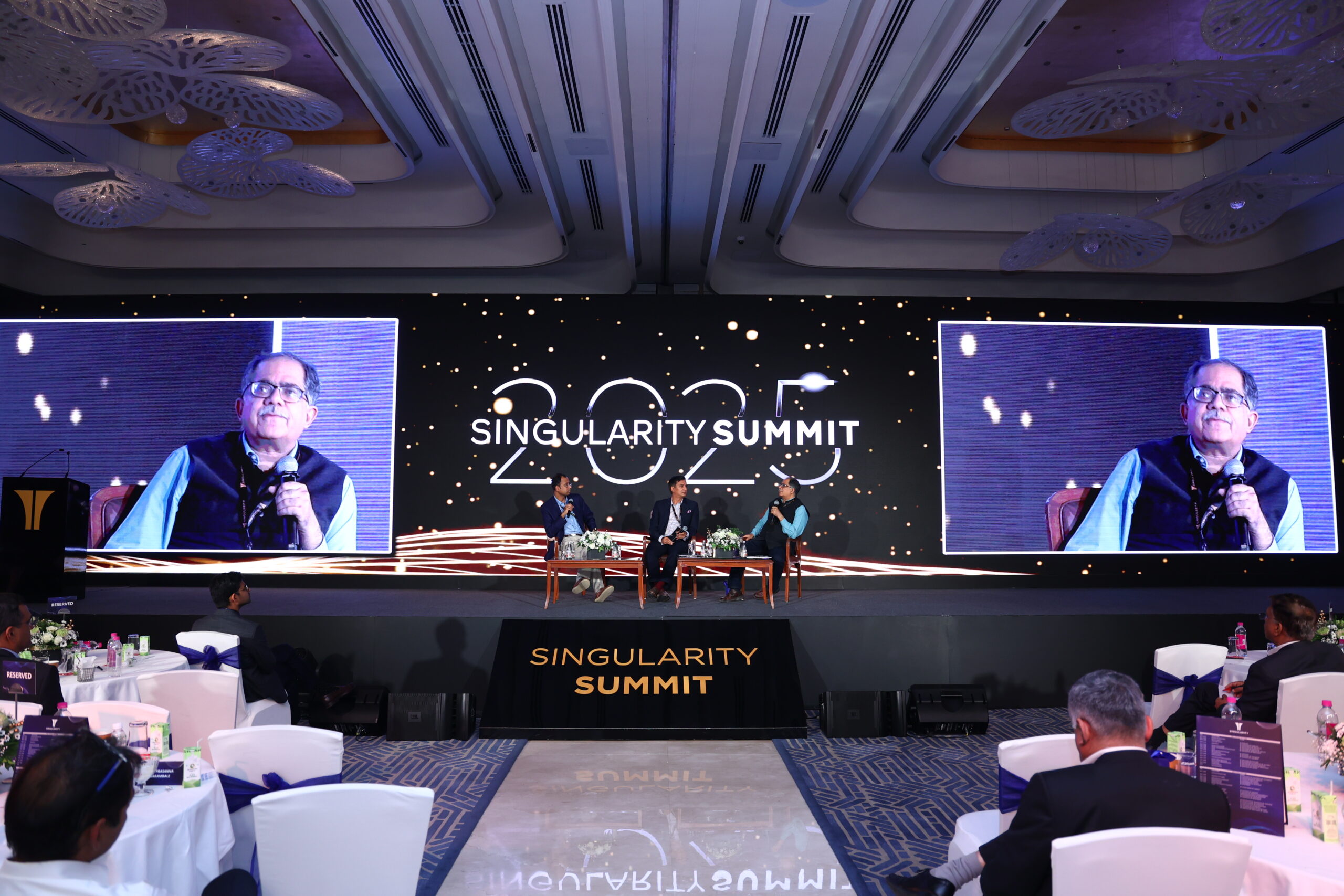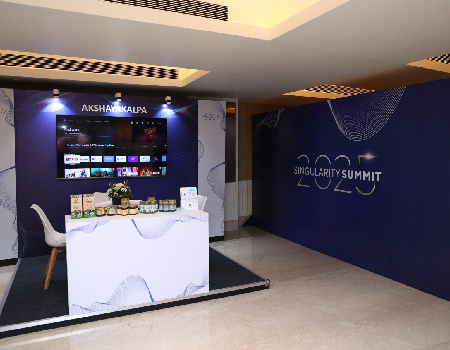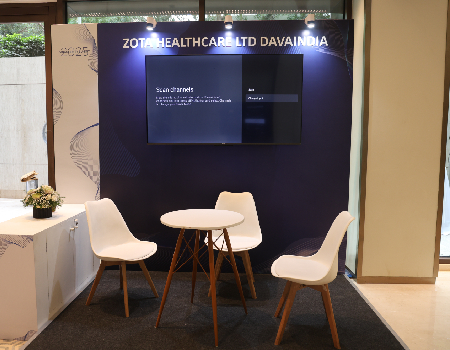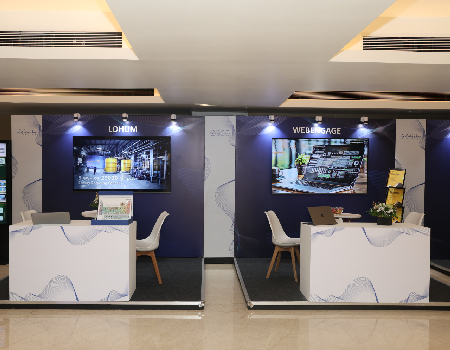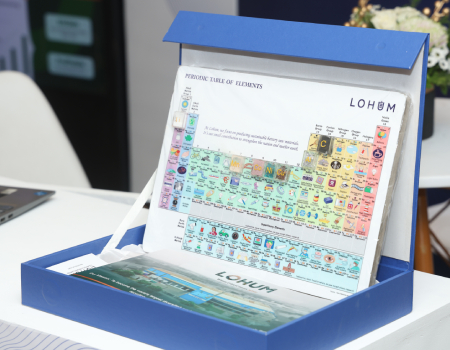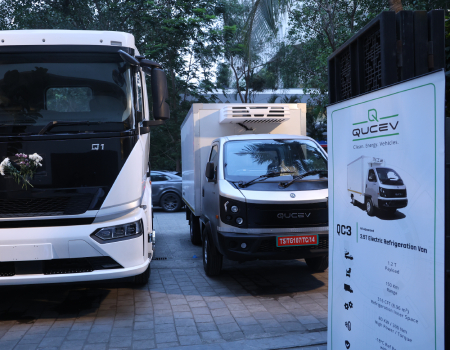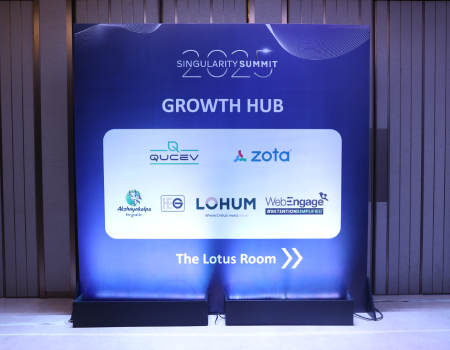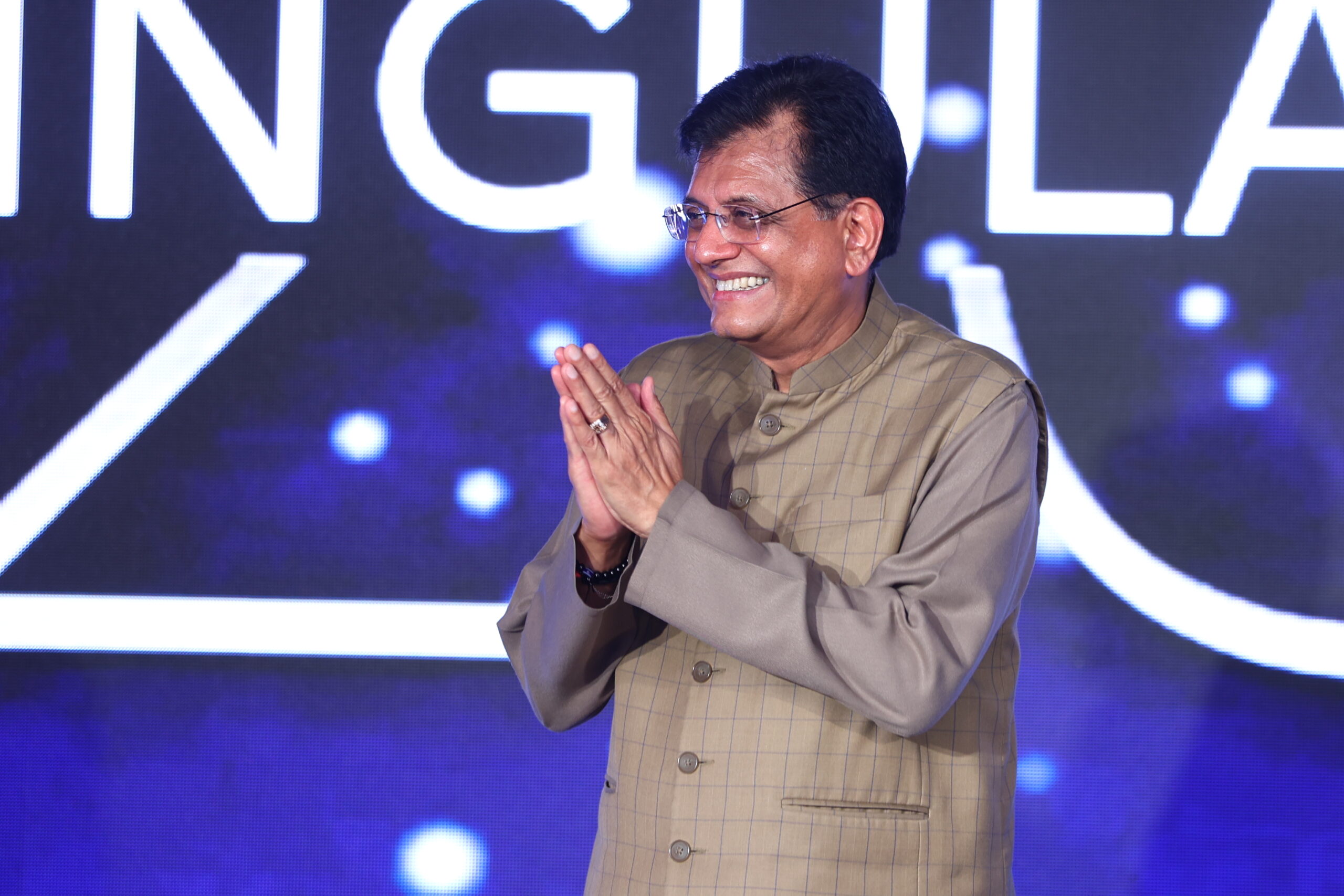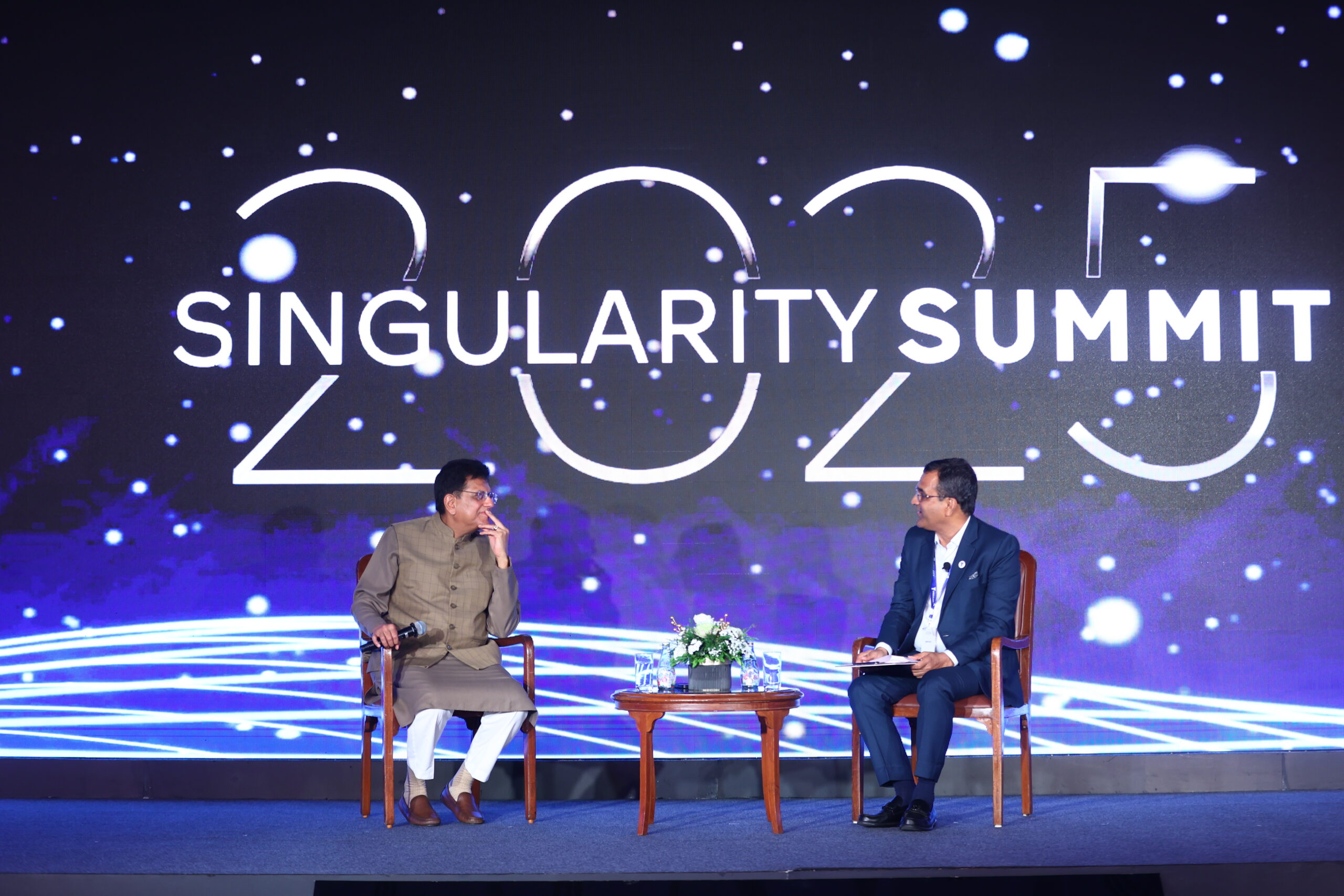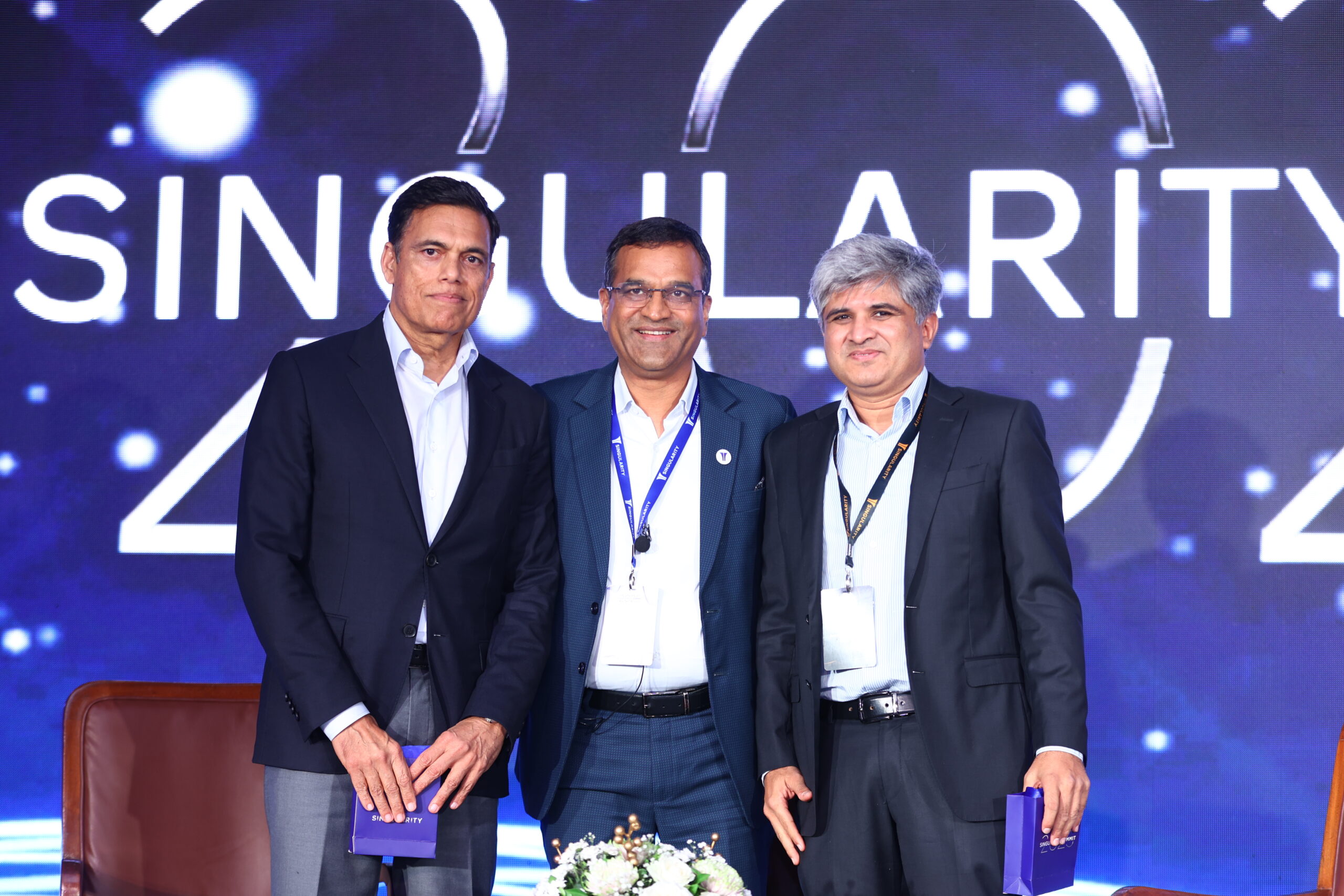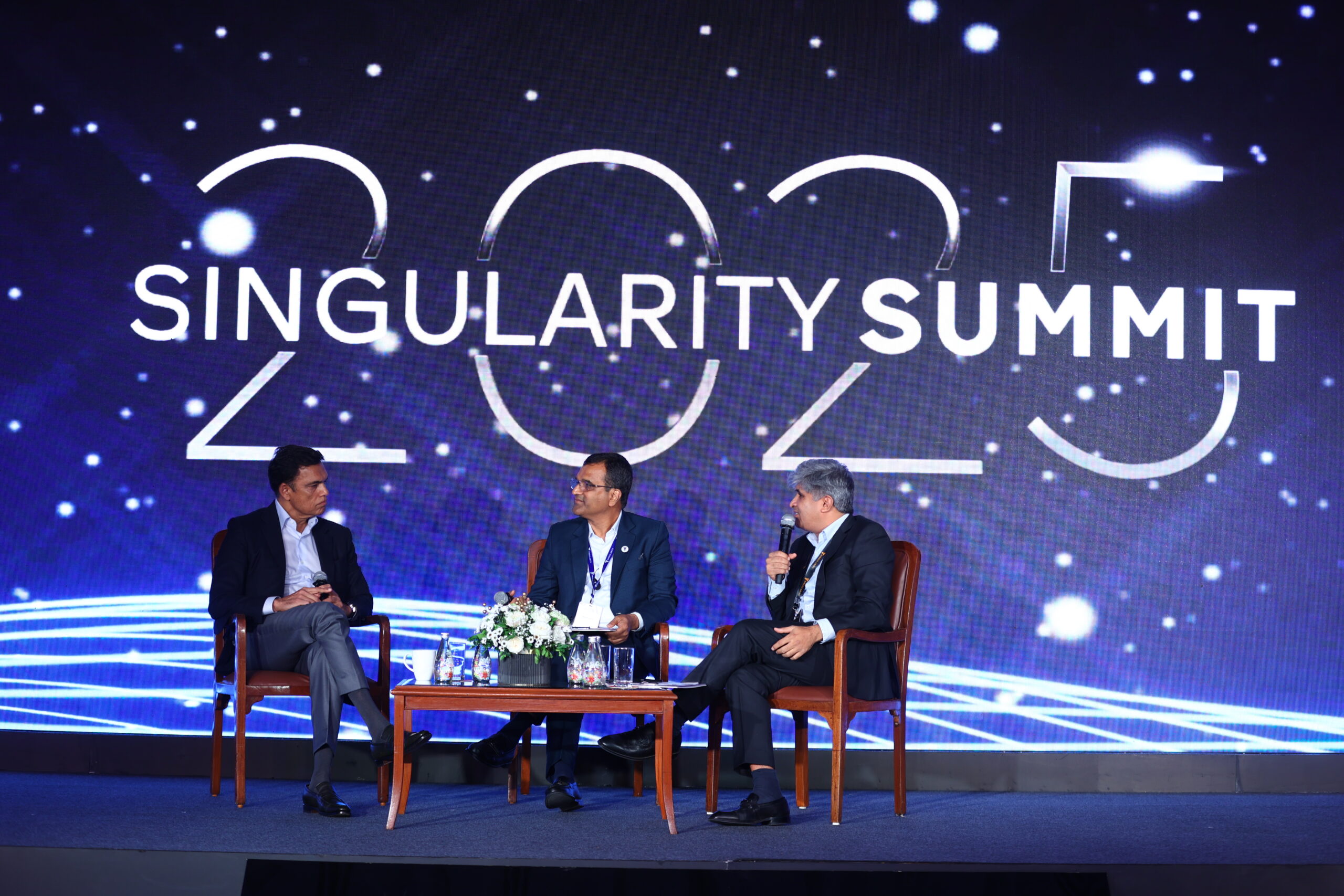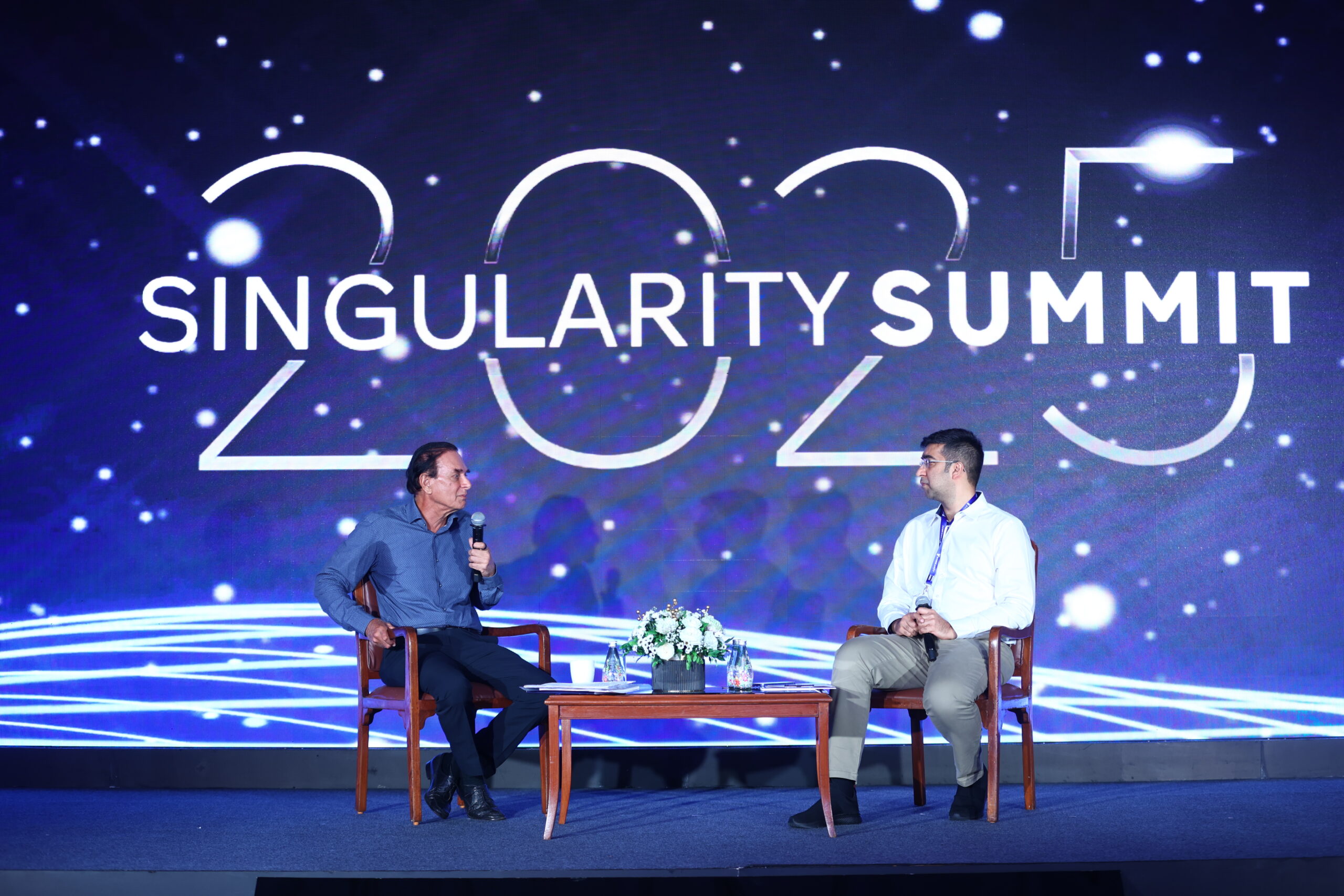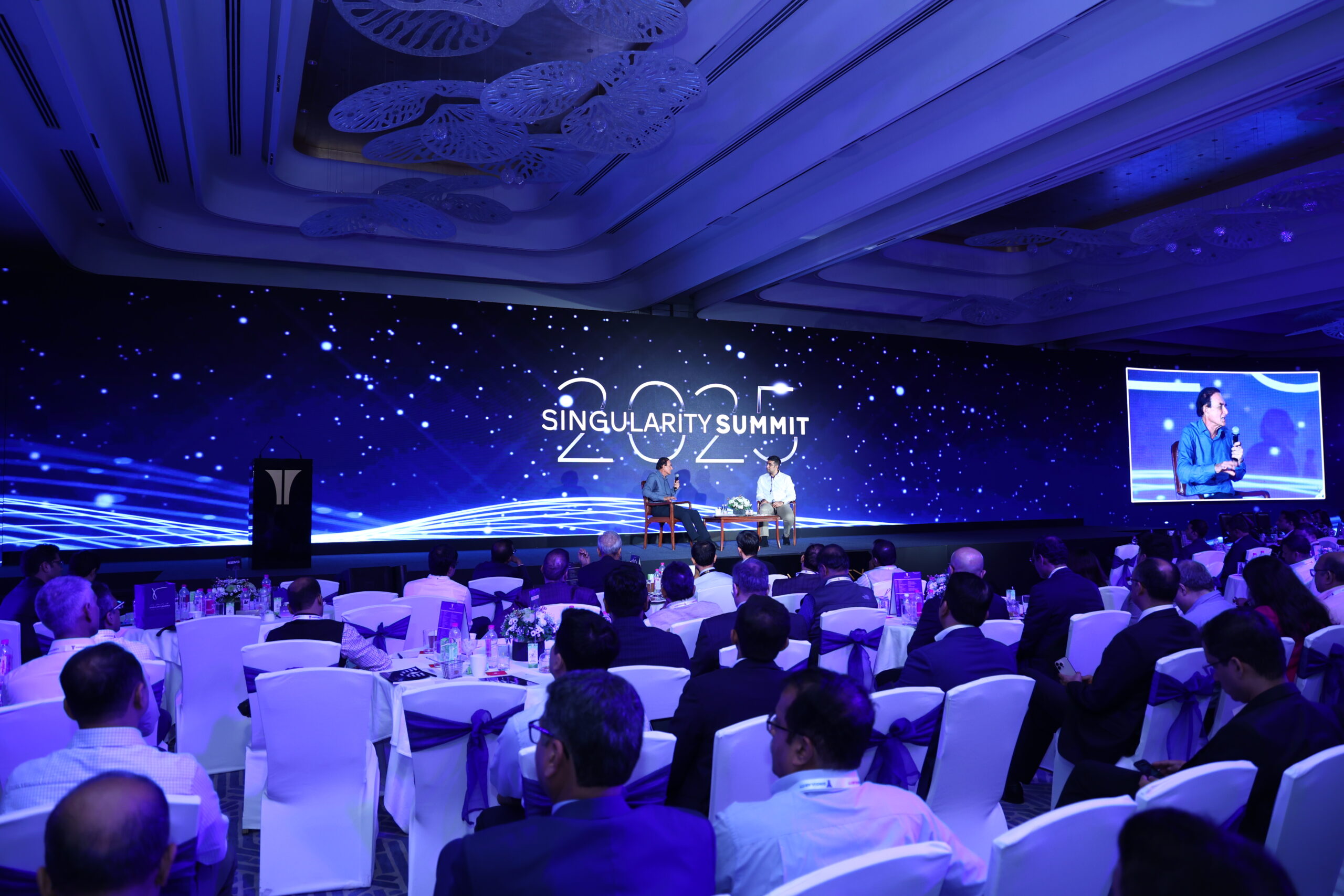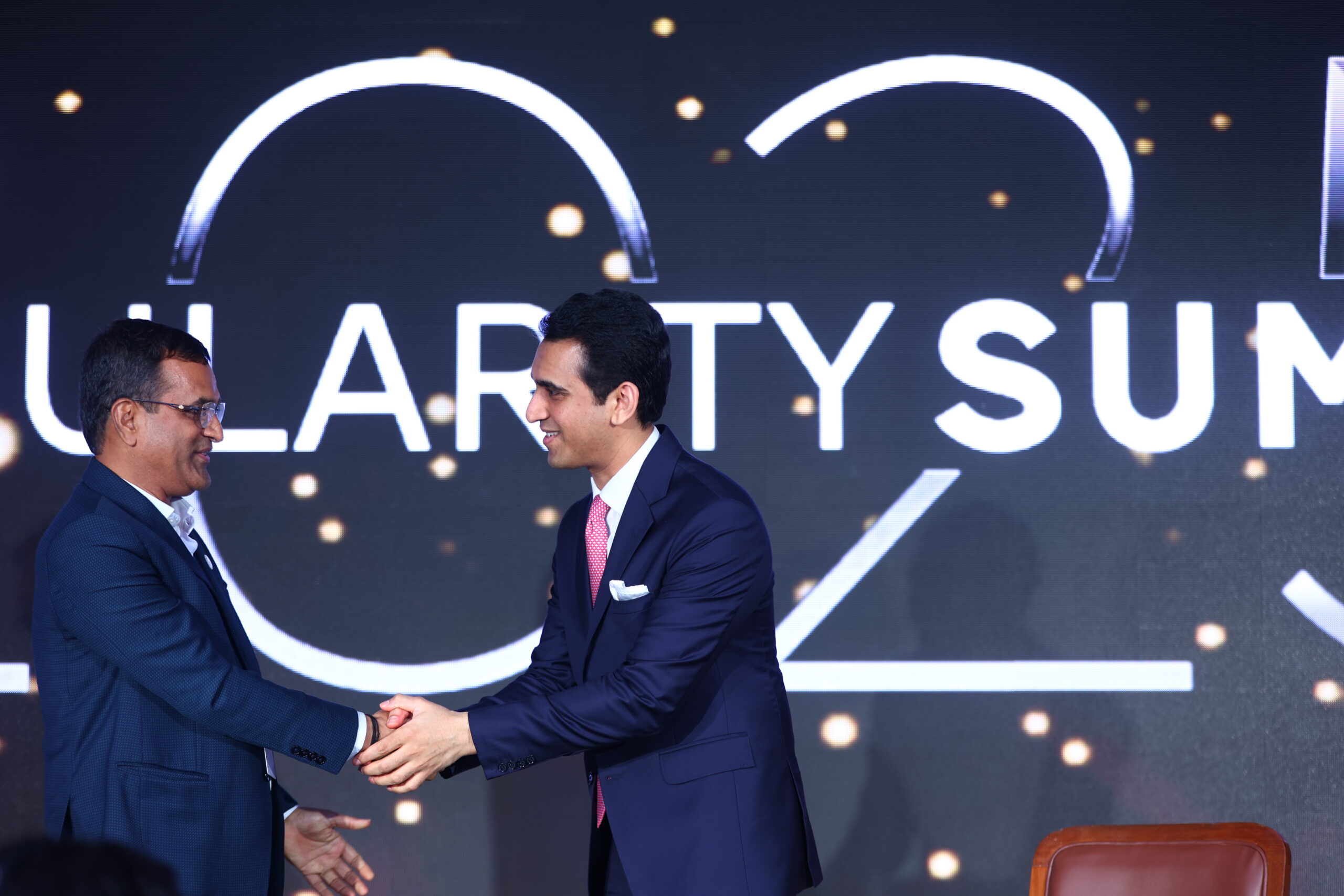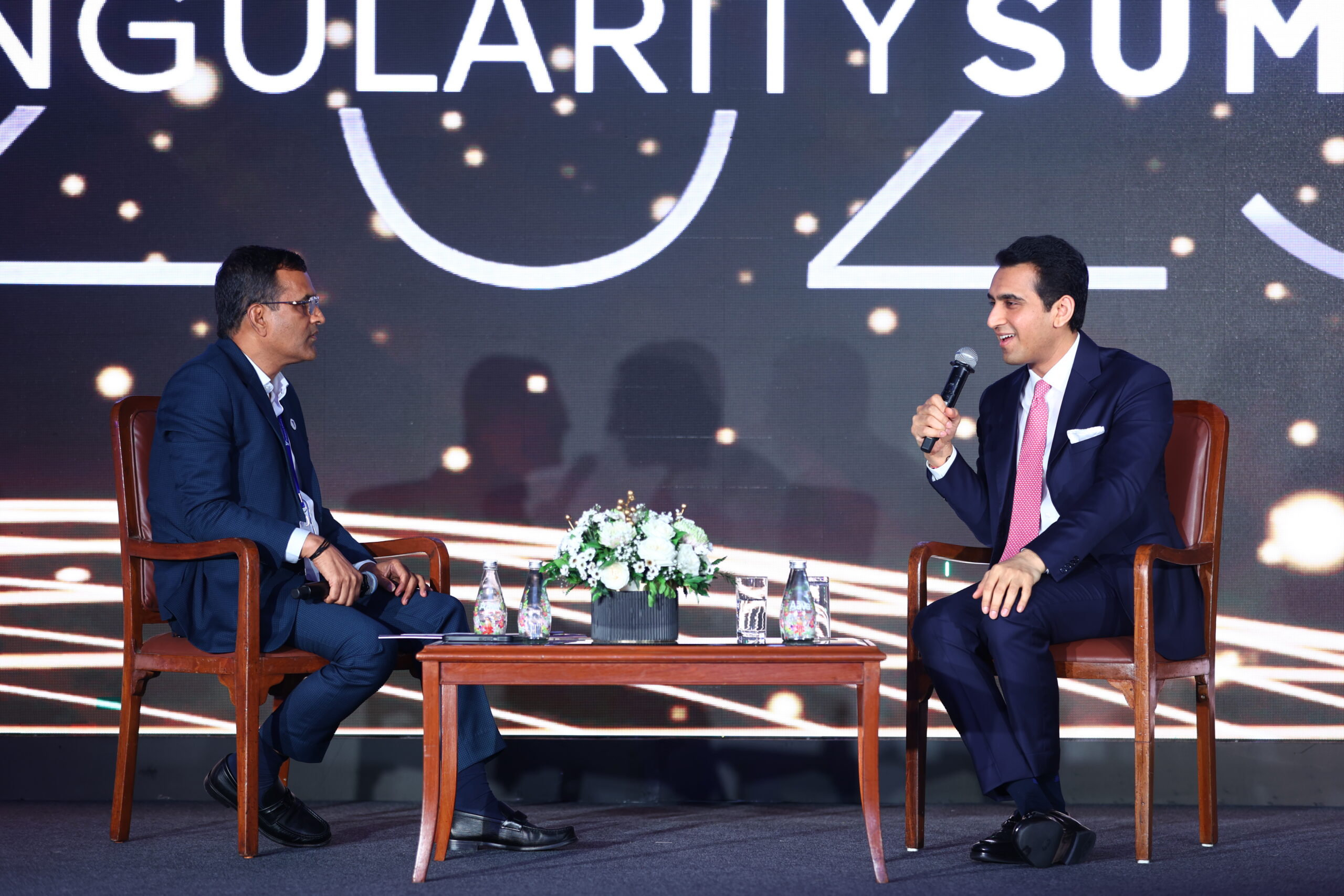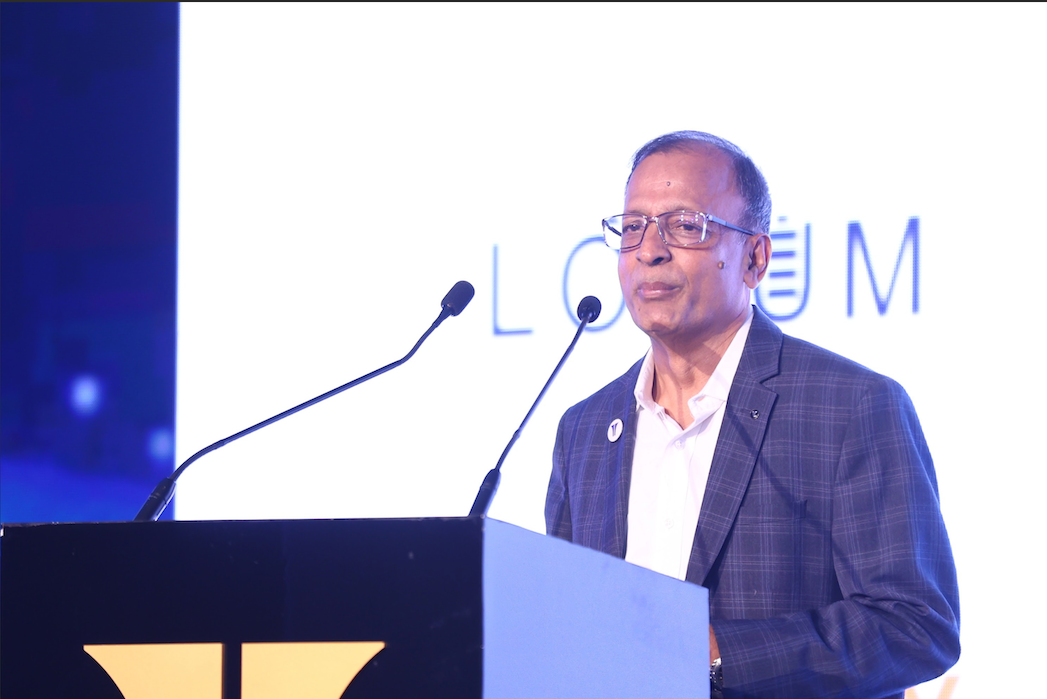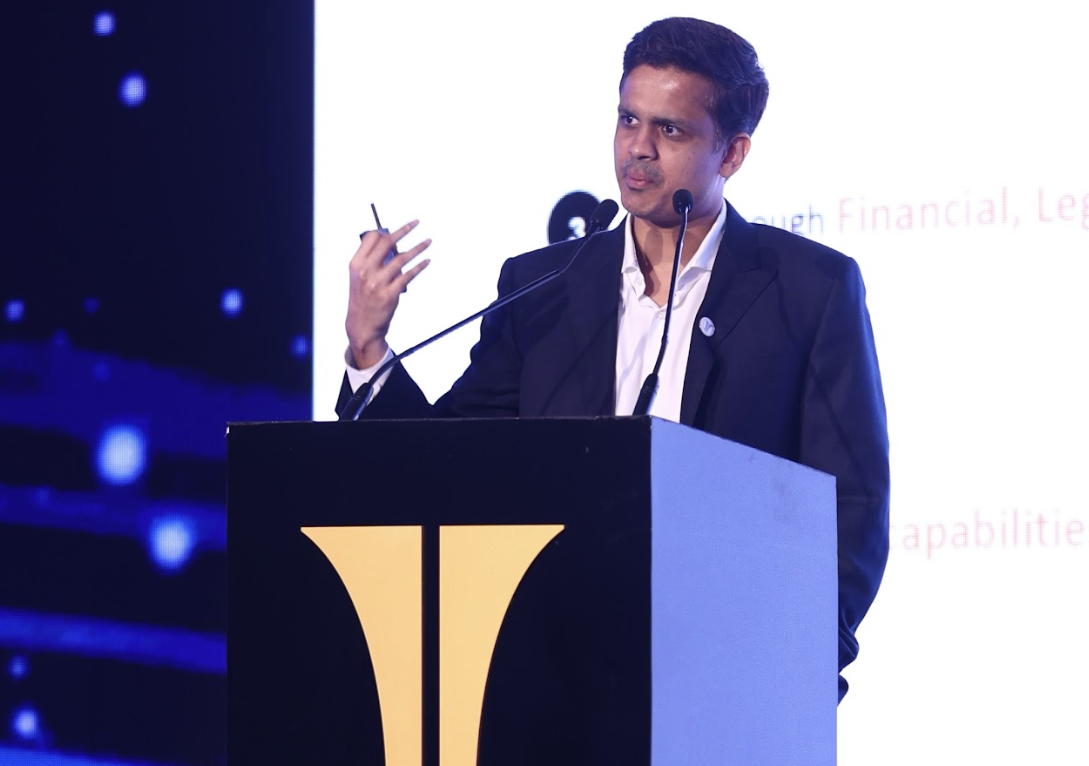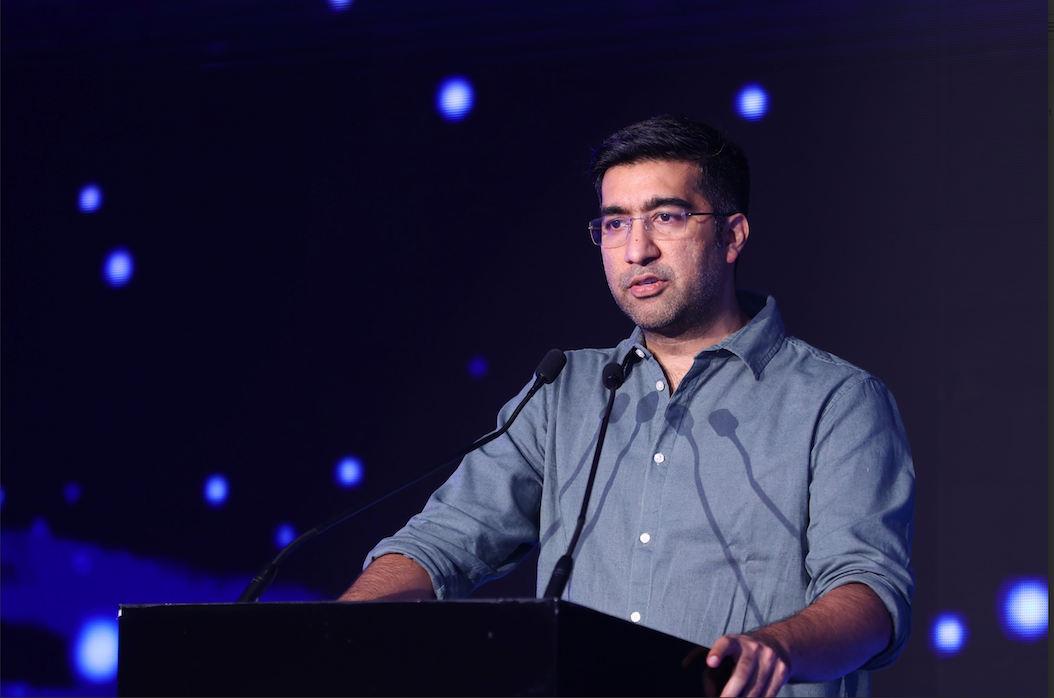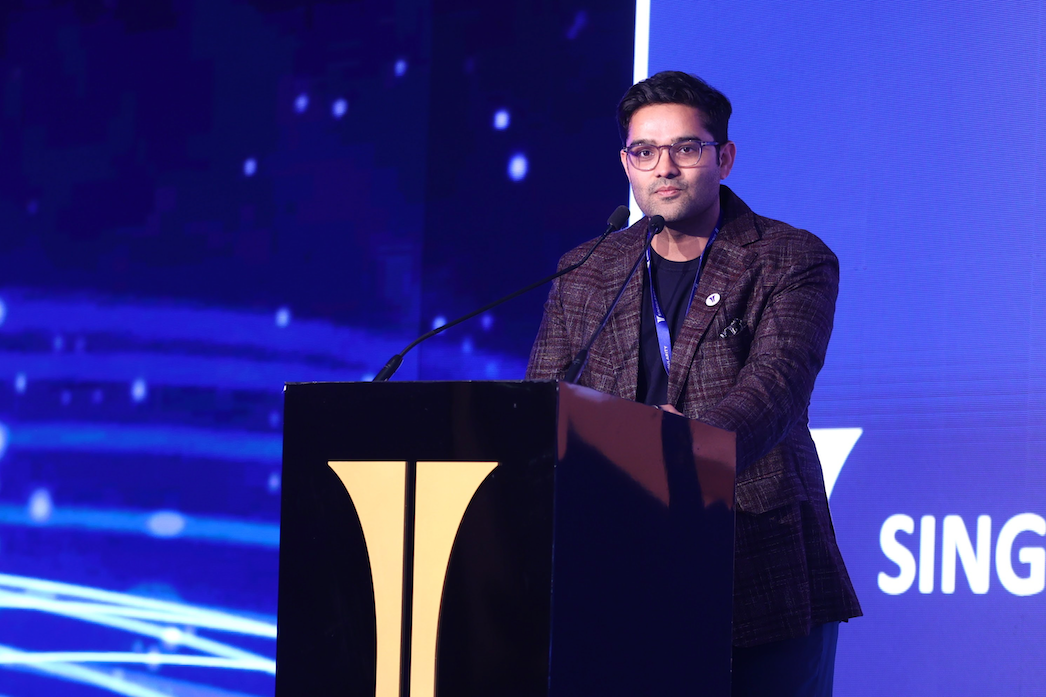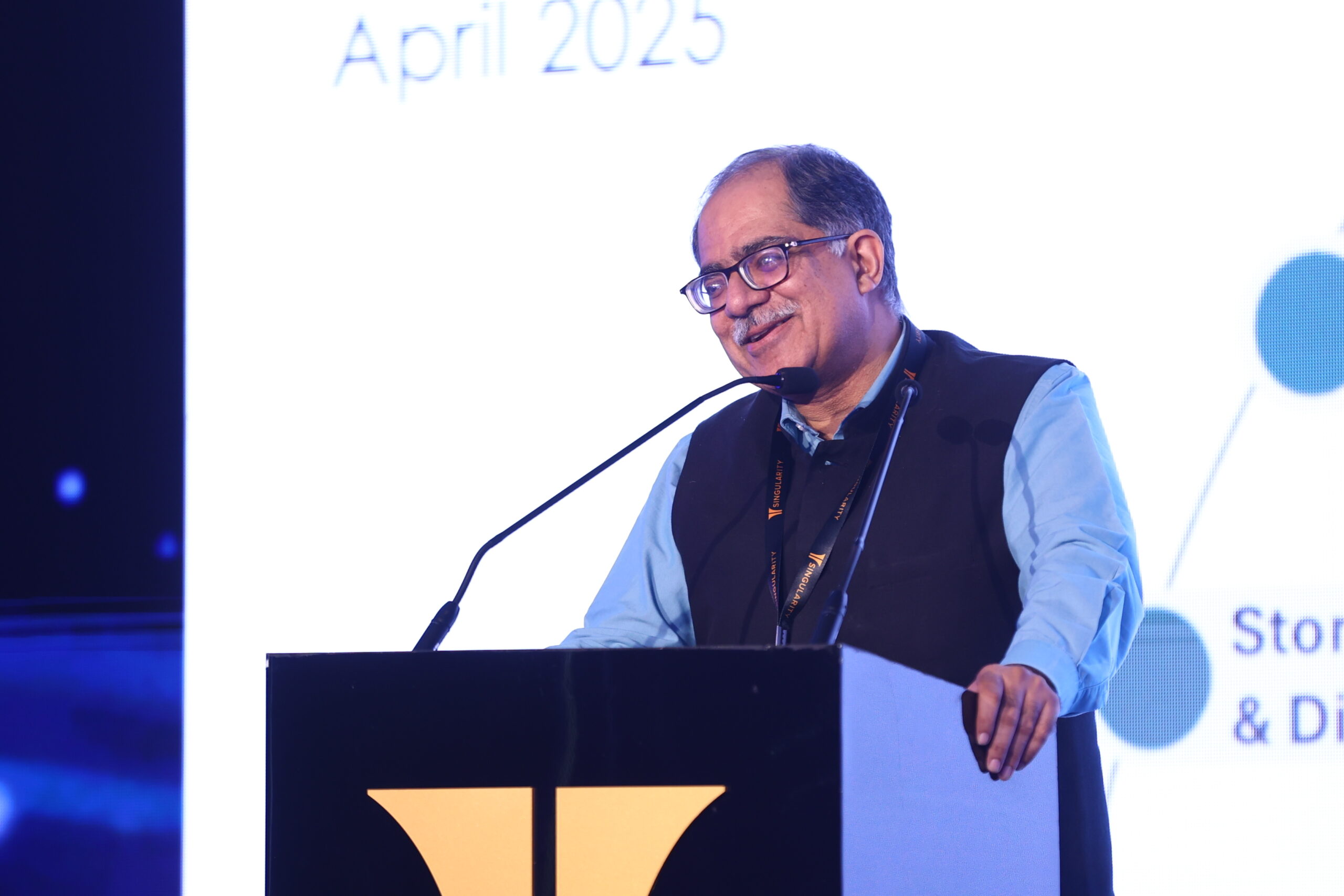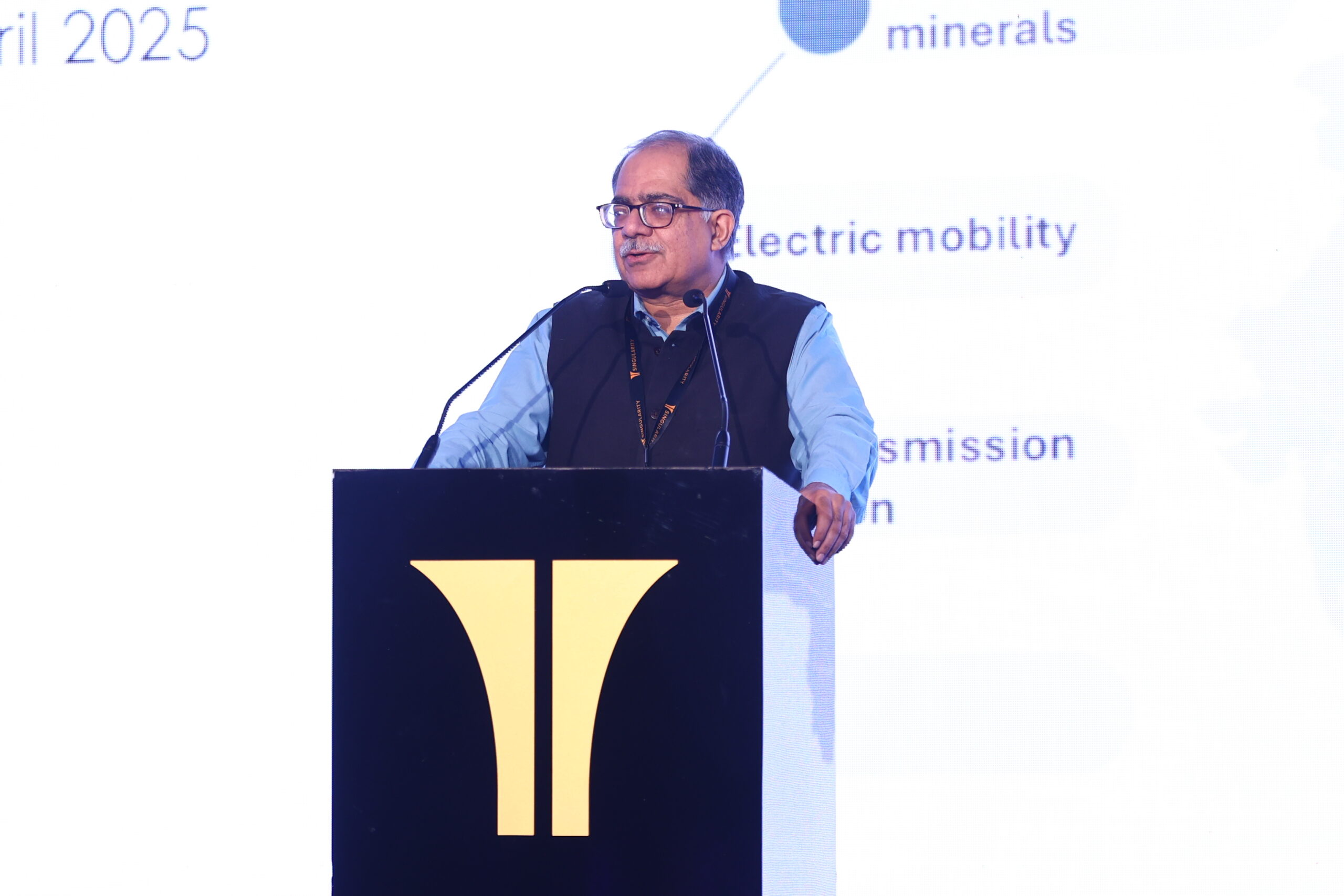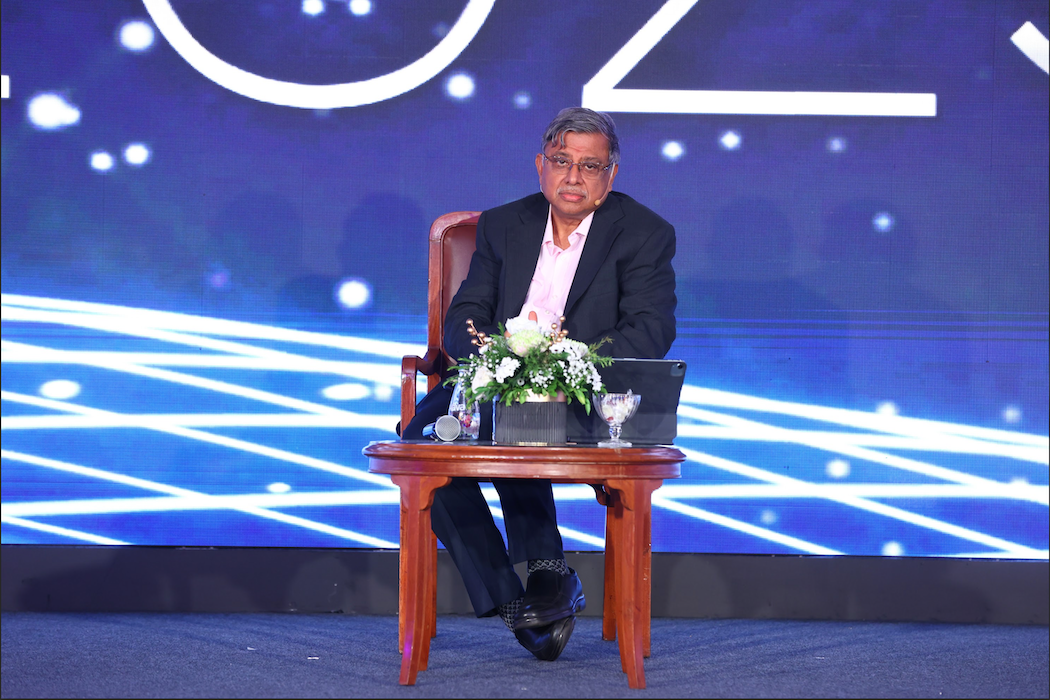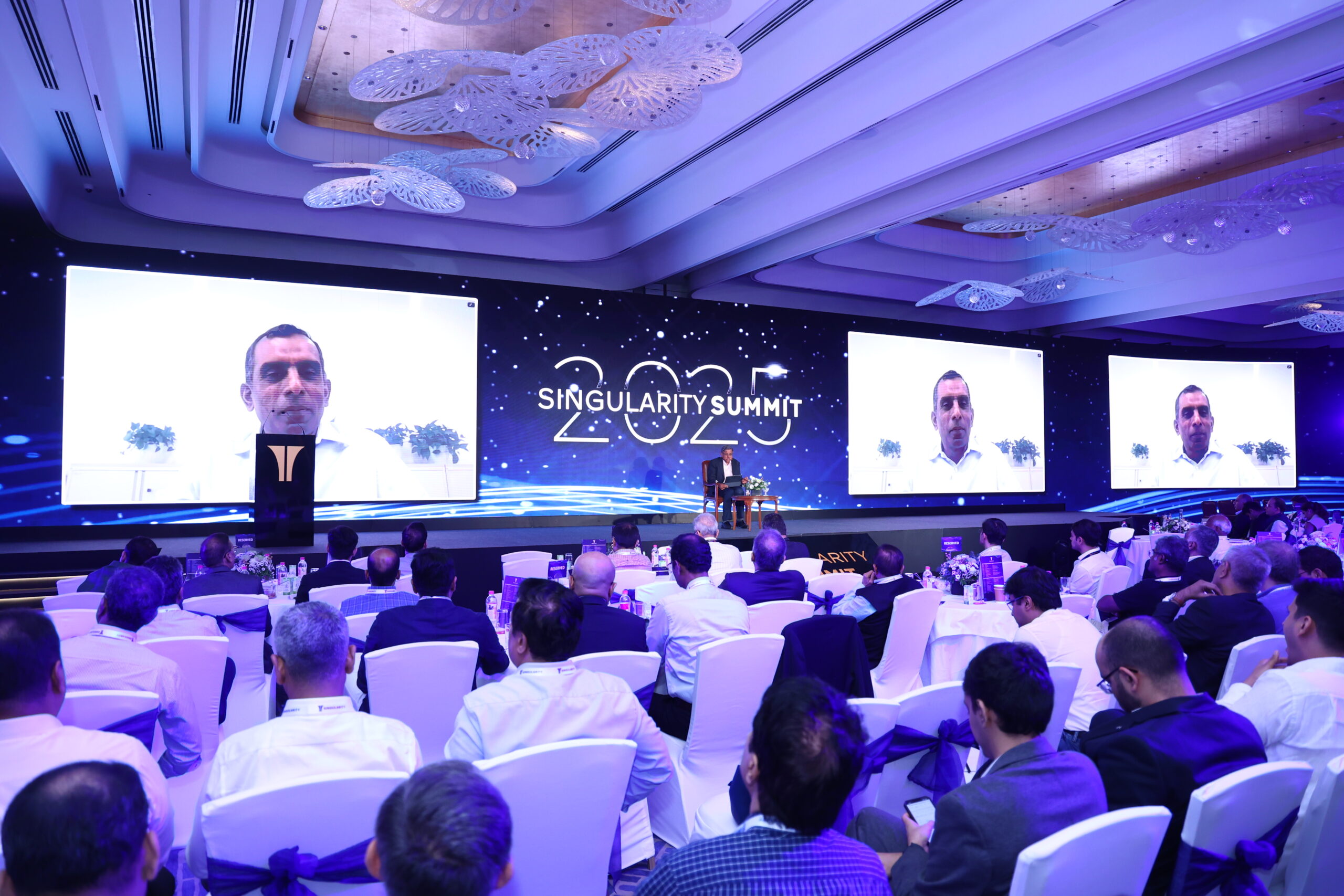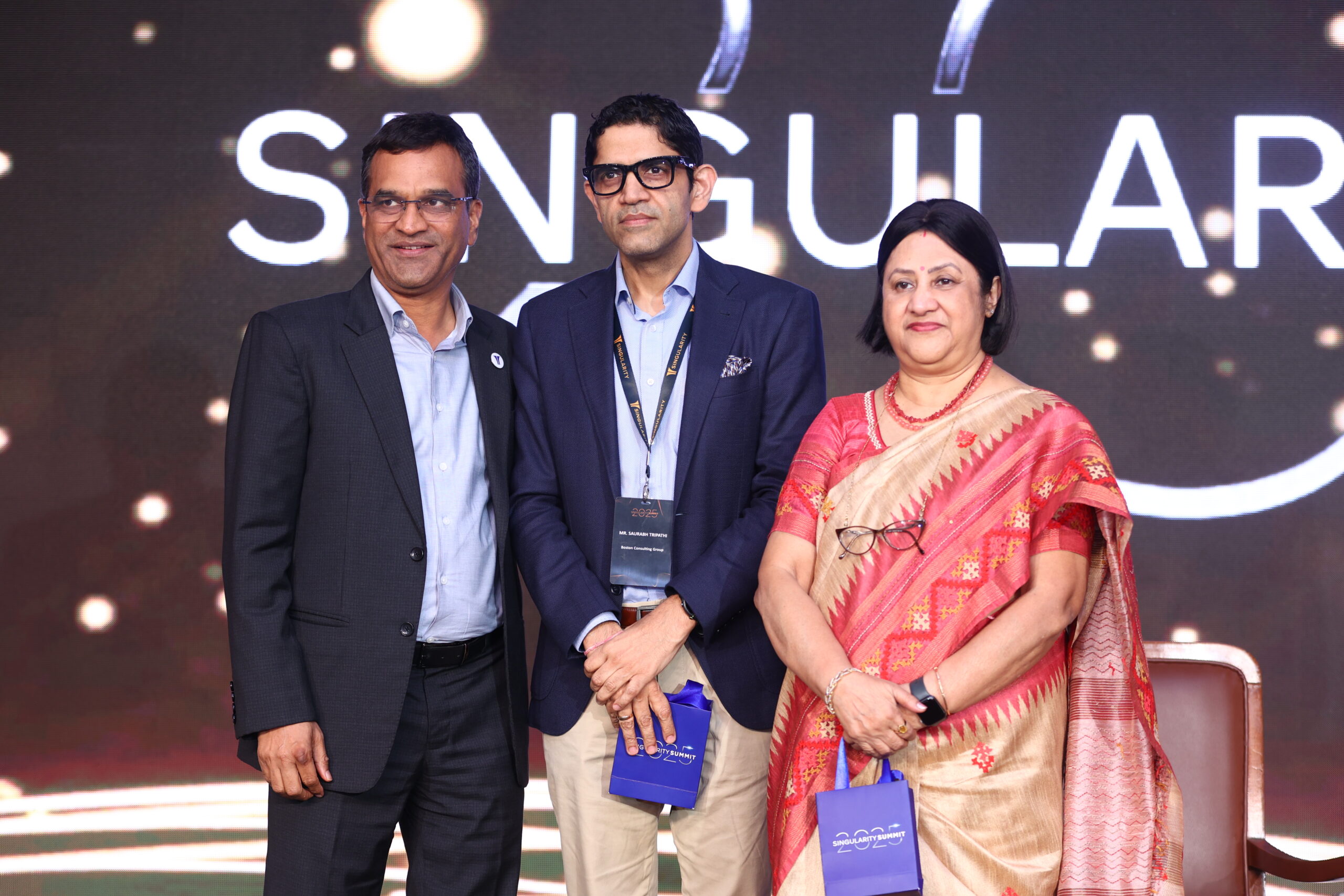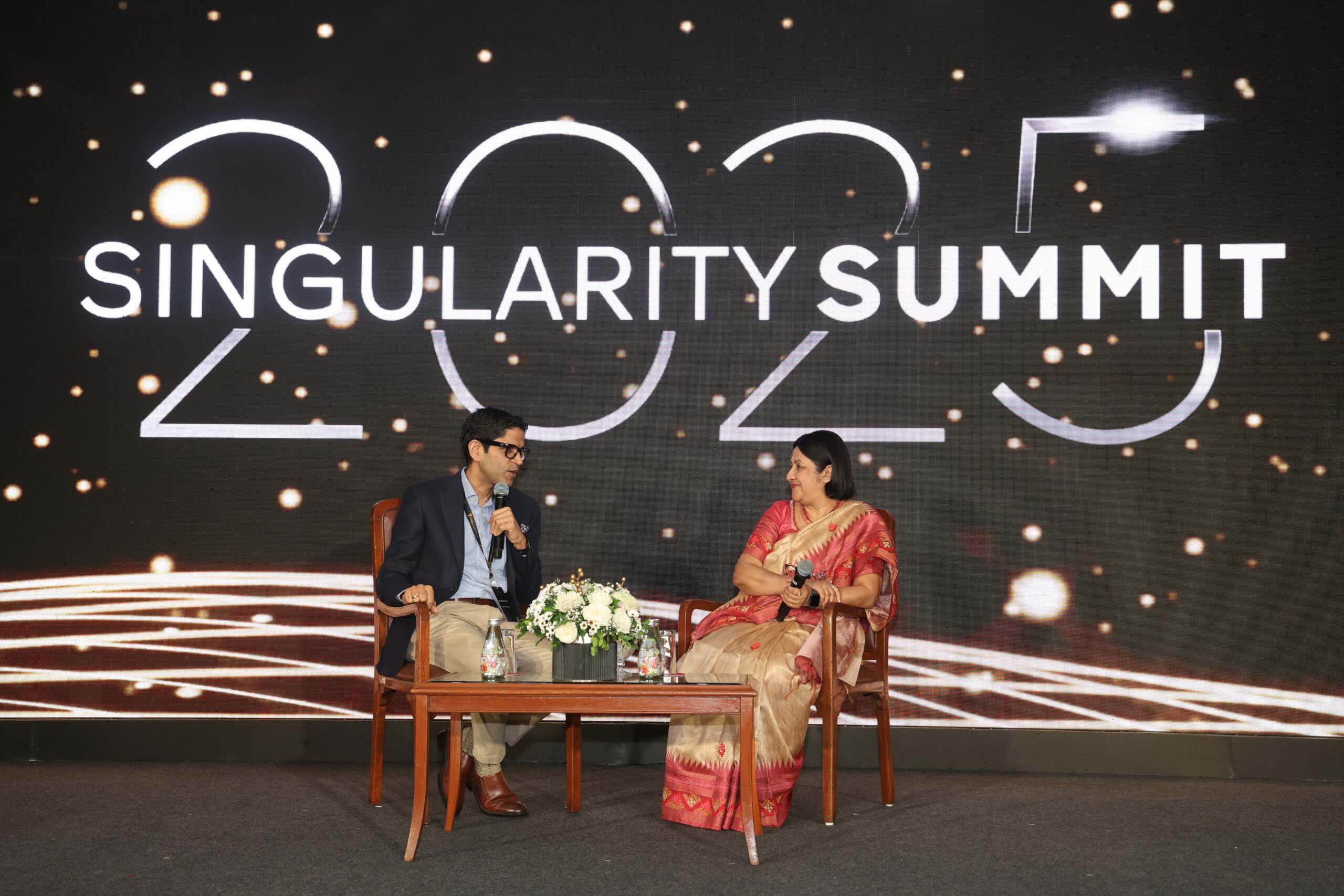Singularity Summit 2025 aimed to spark profound reflection on Growth Equity investment landscape in India through powerful keynote speeches and thought provoking conversations with visionary leaders / policymakers shaping the future.

This panel positioned India at the nexus of a global reordering — benefiting from a shrinking China, ageing OECD nations, and digital tailwinds. Yet, the caution was loud: without judicial reform, deeper R&D, and product ownership, India risks plateauing. The need is for long-term thinking anchored in IP creation, deep tech investment, and a more aggressive economic diplomacy aligned with the country’s demographic strength.
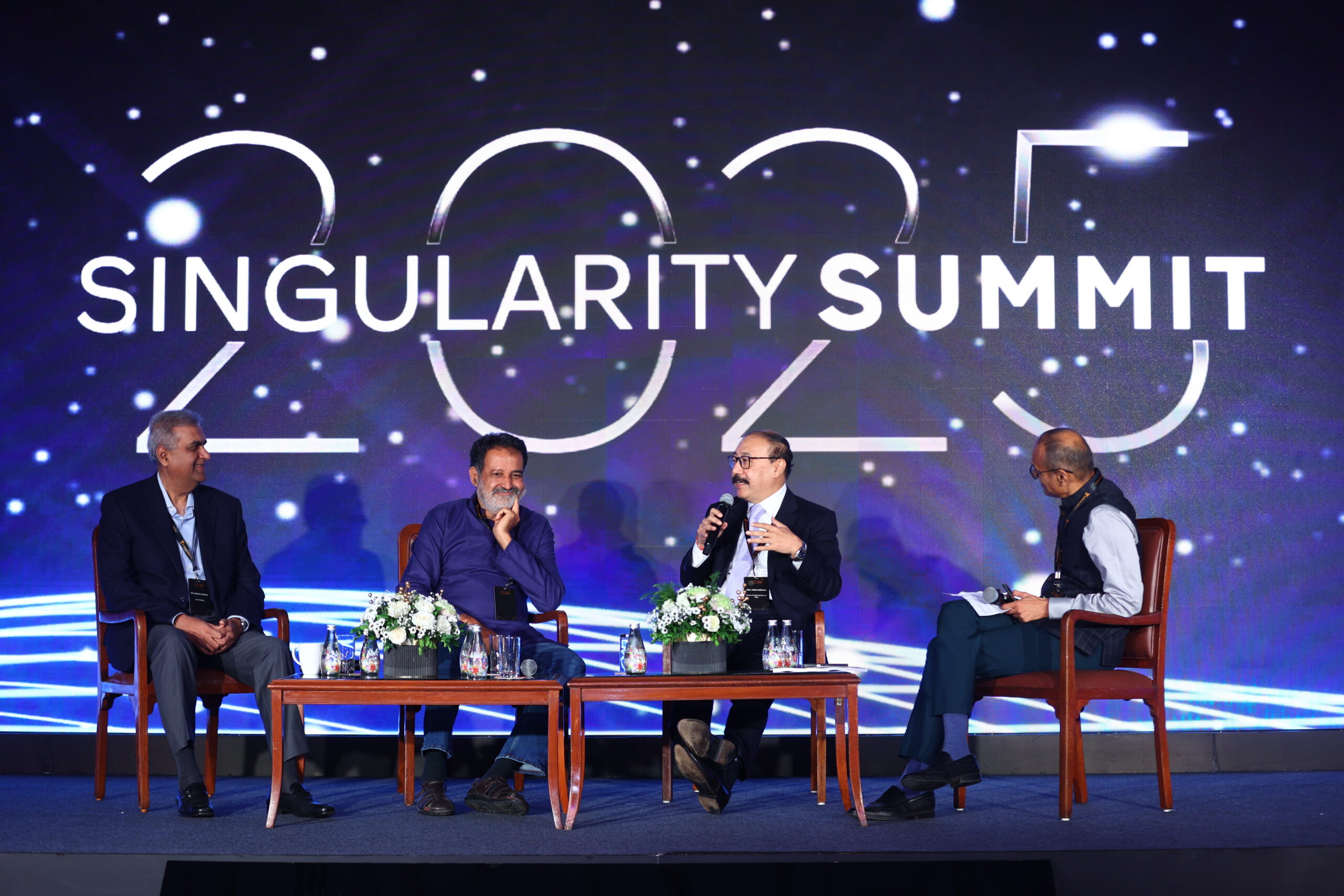
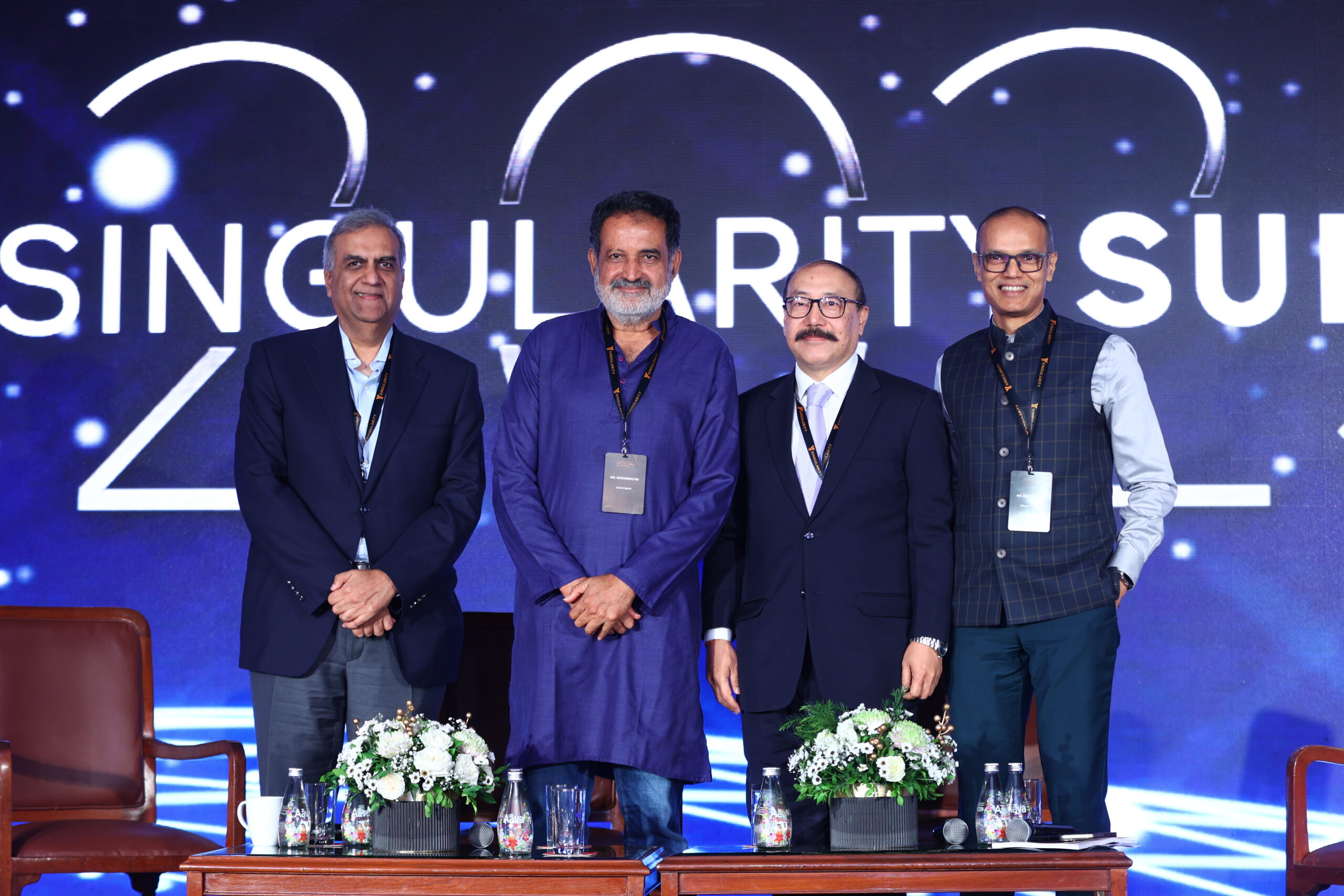
The solar manufacturing story isn’t just about capacity — it’s about trust. Waaree’s strategic bet on certification, export orientation, and rooftop readiness has given it a defensible moat even in a gold-rush sector. Strong advance bookings, repeat clients, and a diversified product line were presented as signals of solar moving from subsidy-dependence to market-maturity.
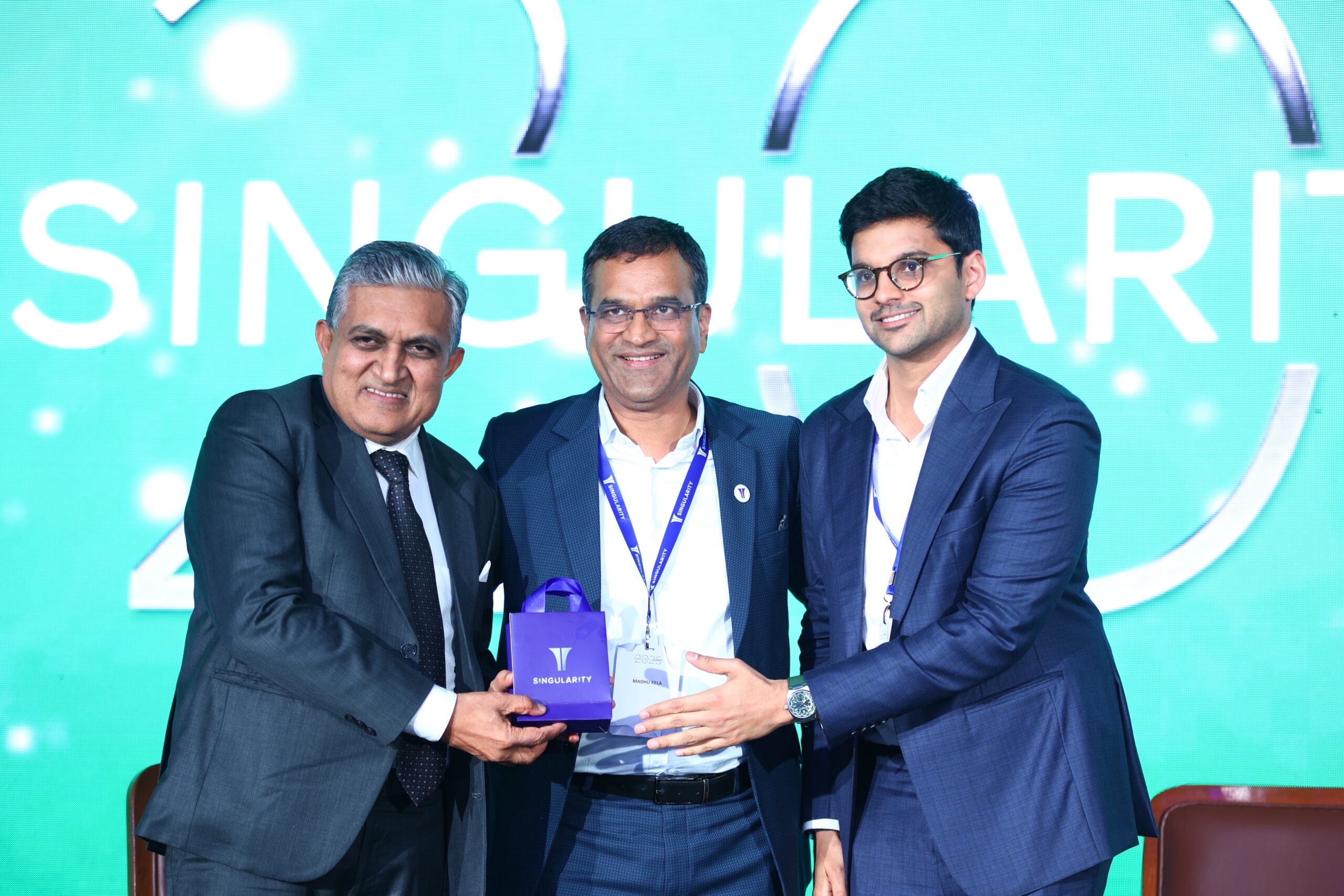
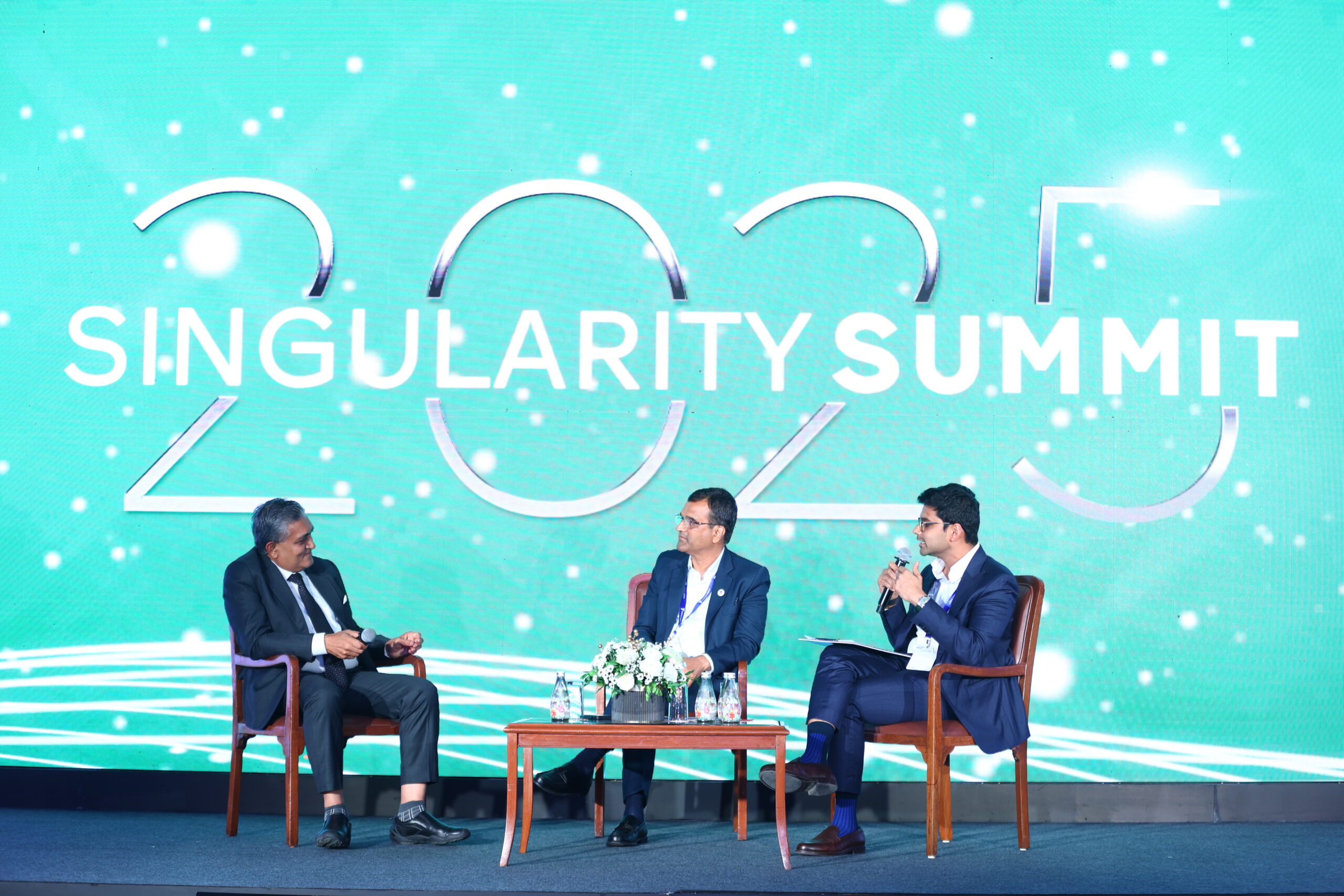
India’s RE target of 500 GW cannot be met unless grid and storage infrastructure catch up. Speakers flagged transmission as the biggest bottleneck — requiring ₹9 lakh crore in investment and policy clarity on HVDC, battery storage, and hybrid corridors. With RE demand being driven by air conditioning, data centers, and rooftop solar, the conversation shifted from ambition to absorption.
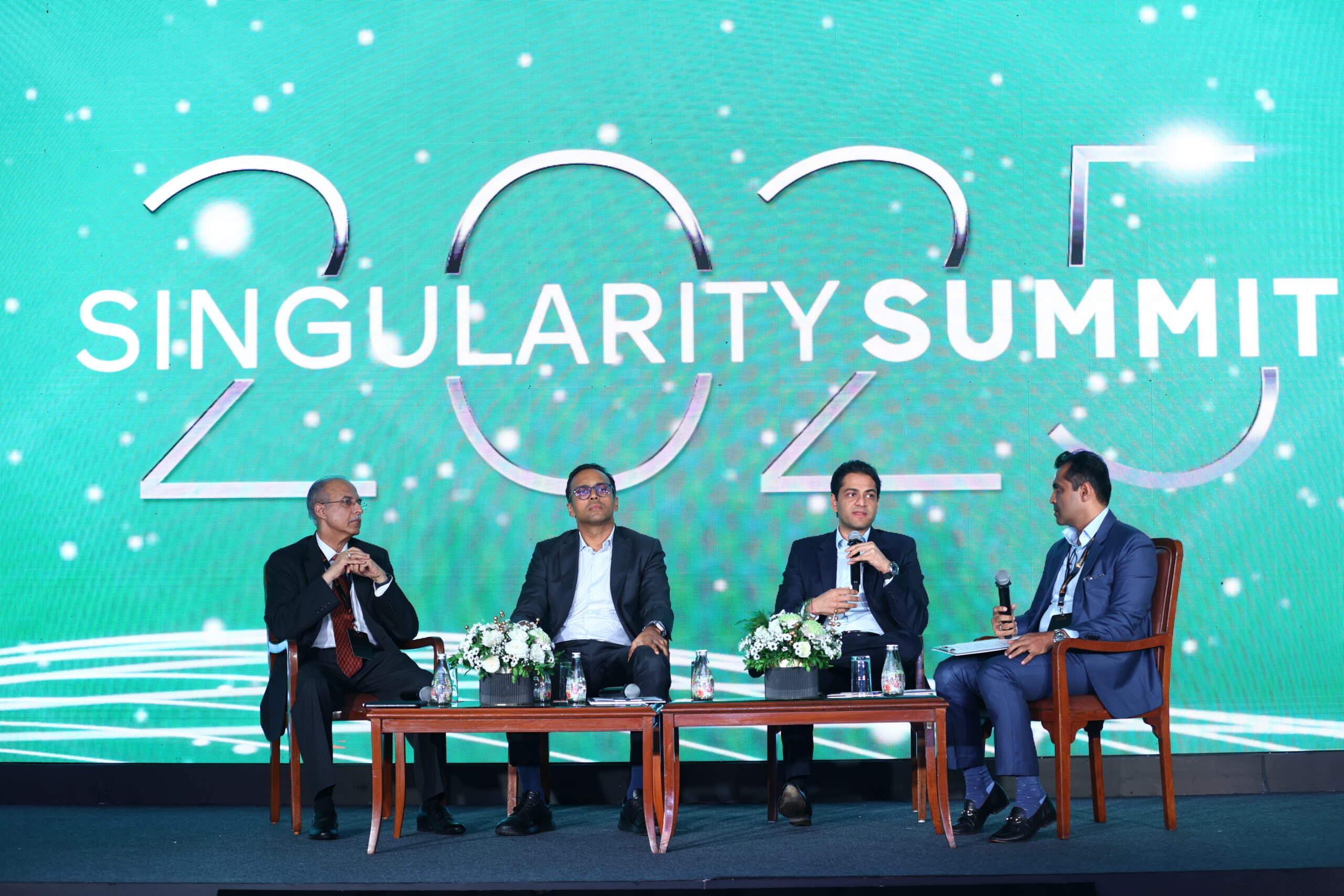
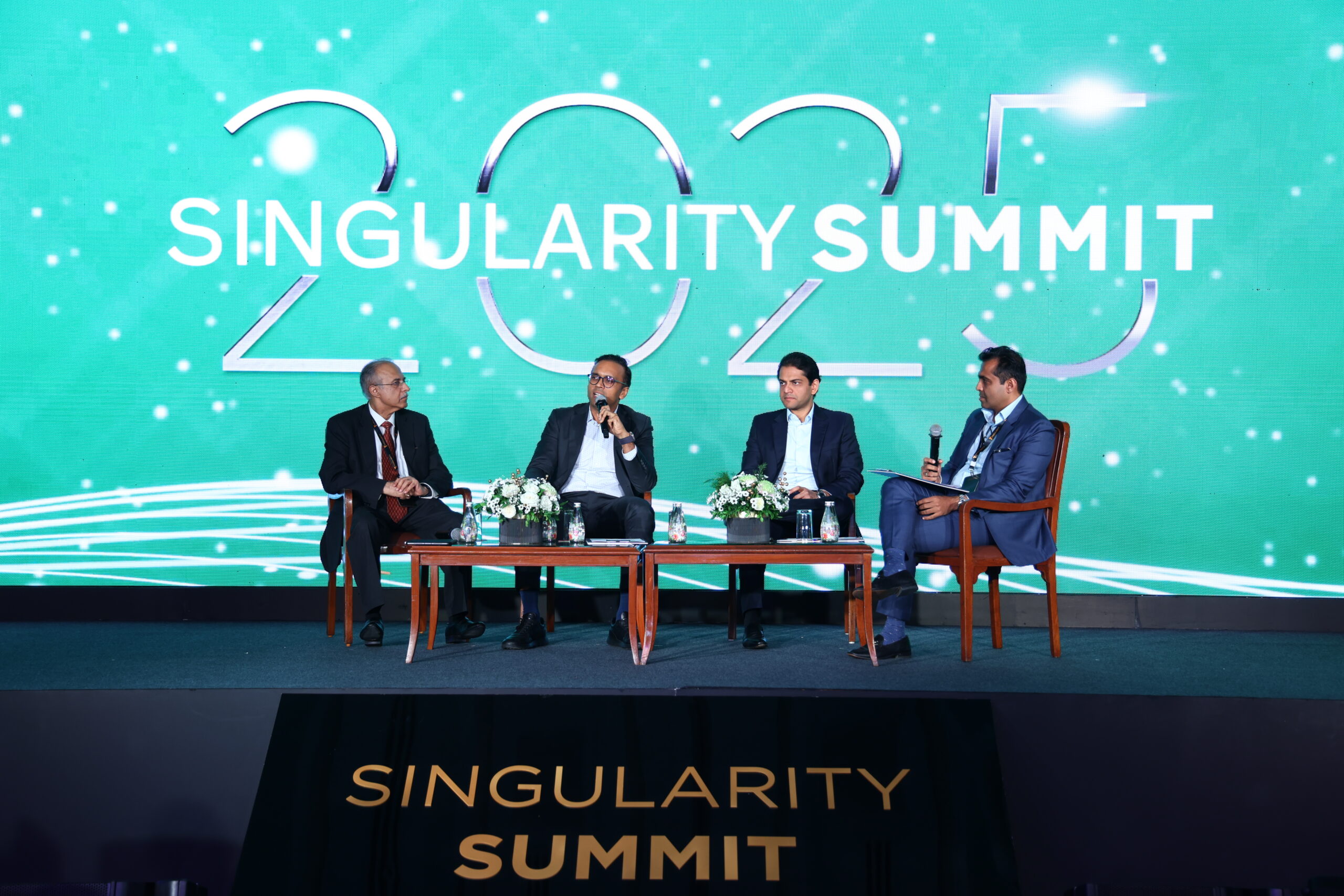
India is entering a minerals war — and is currently unarmed. The country controls some reserves but lacks processing and recycling scale. The panel highlighted the urgency of securing graphite and cathode value chains, and building a circular economy for battery materials. The next three years, they argued, will determine whether India becomes a battery exporter — or just a large importer with domestic assembly.
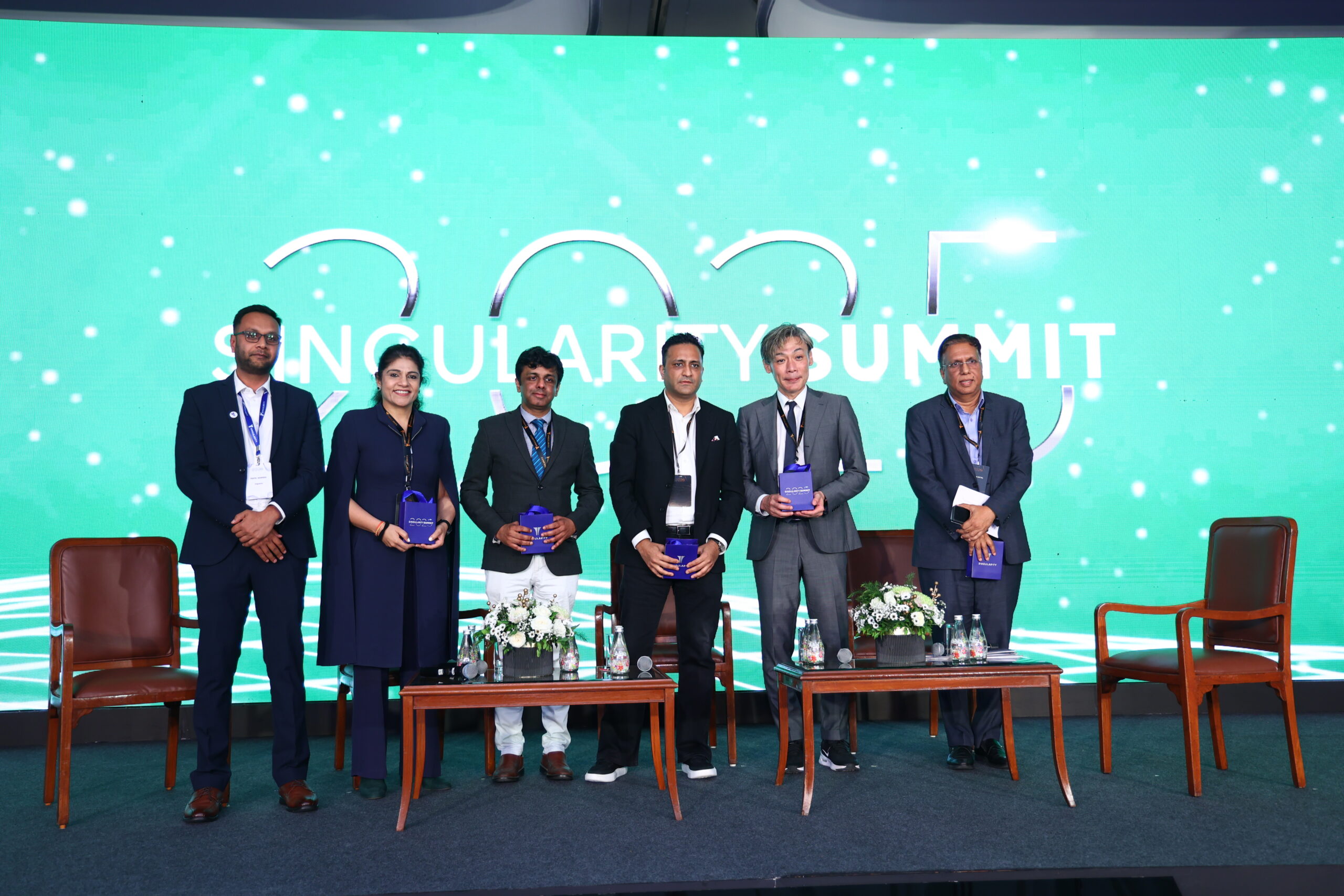
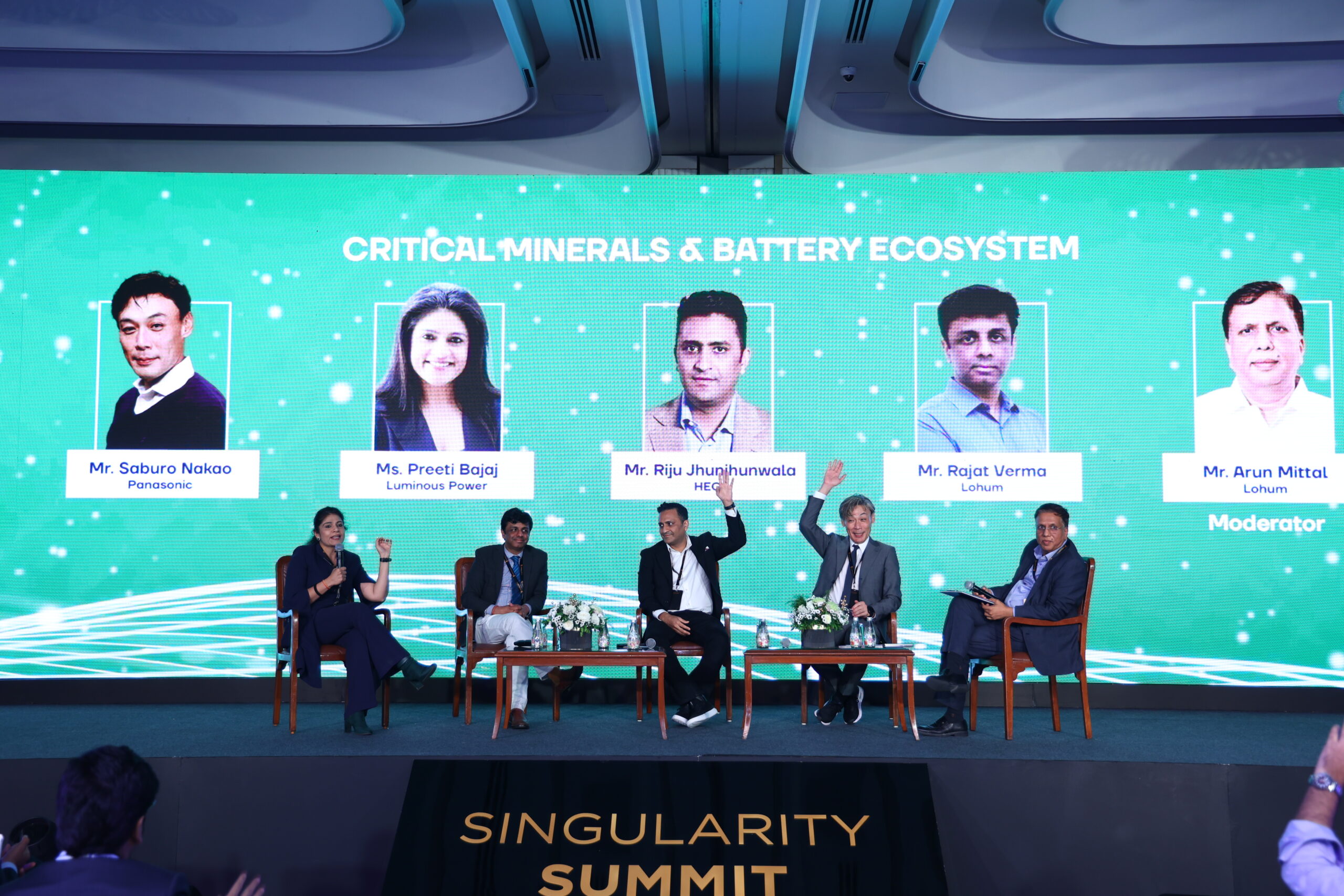
India’s $8T manufacturing goal demands more than PLI schemes — it requires globally competitive clusters, component deepening, and a mindset reset across mid-sized firms. Electronics, ACs, medical devices, and machinery were spotlighted as near-term bets, but execution gaps persist. The panel emphasized coordinated demand aggregation and backward integration as the path to durable export competitiveness.
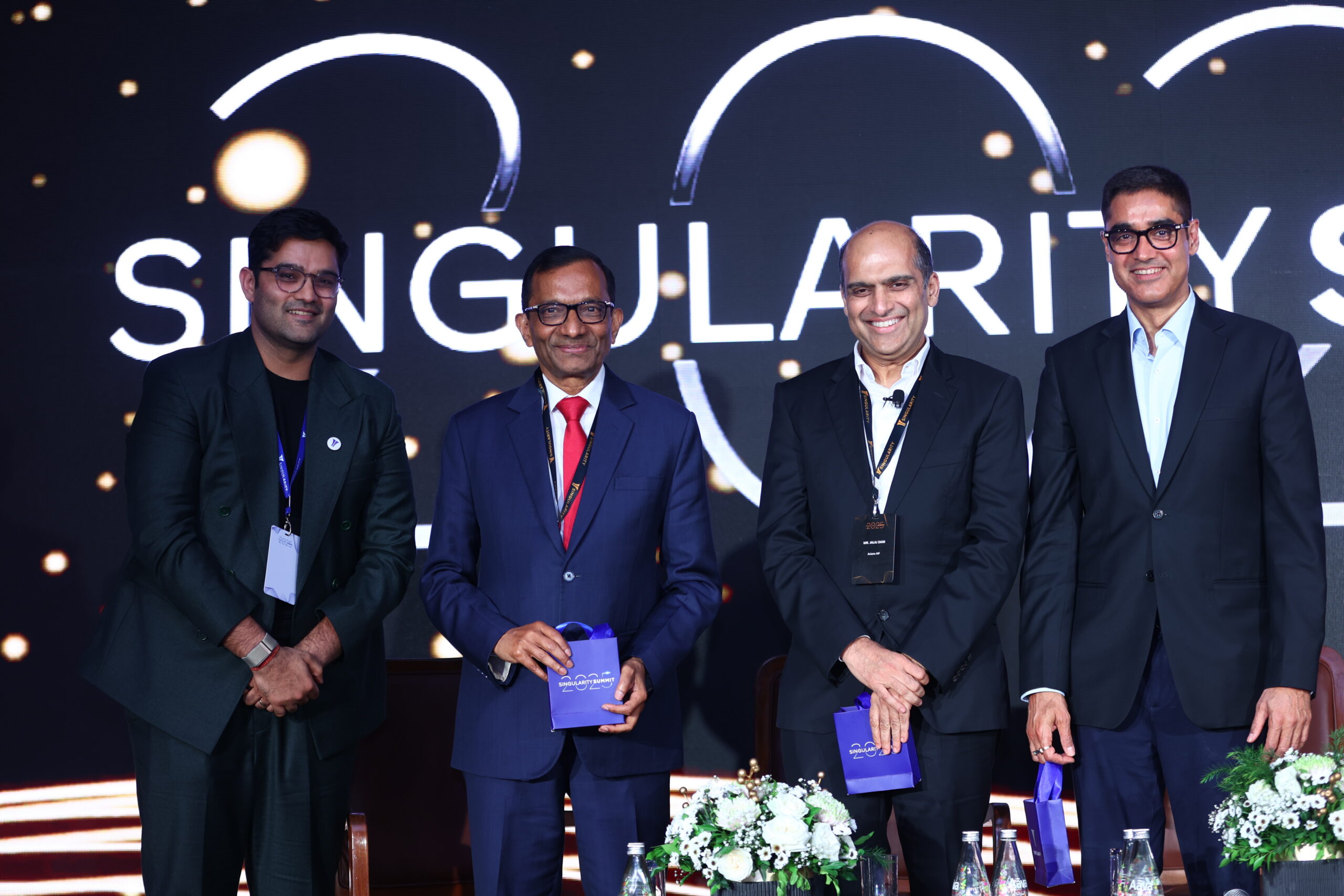
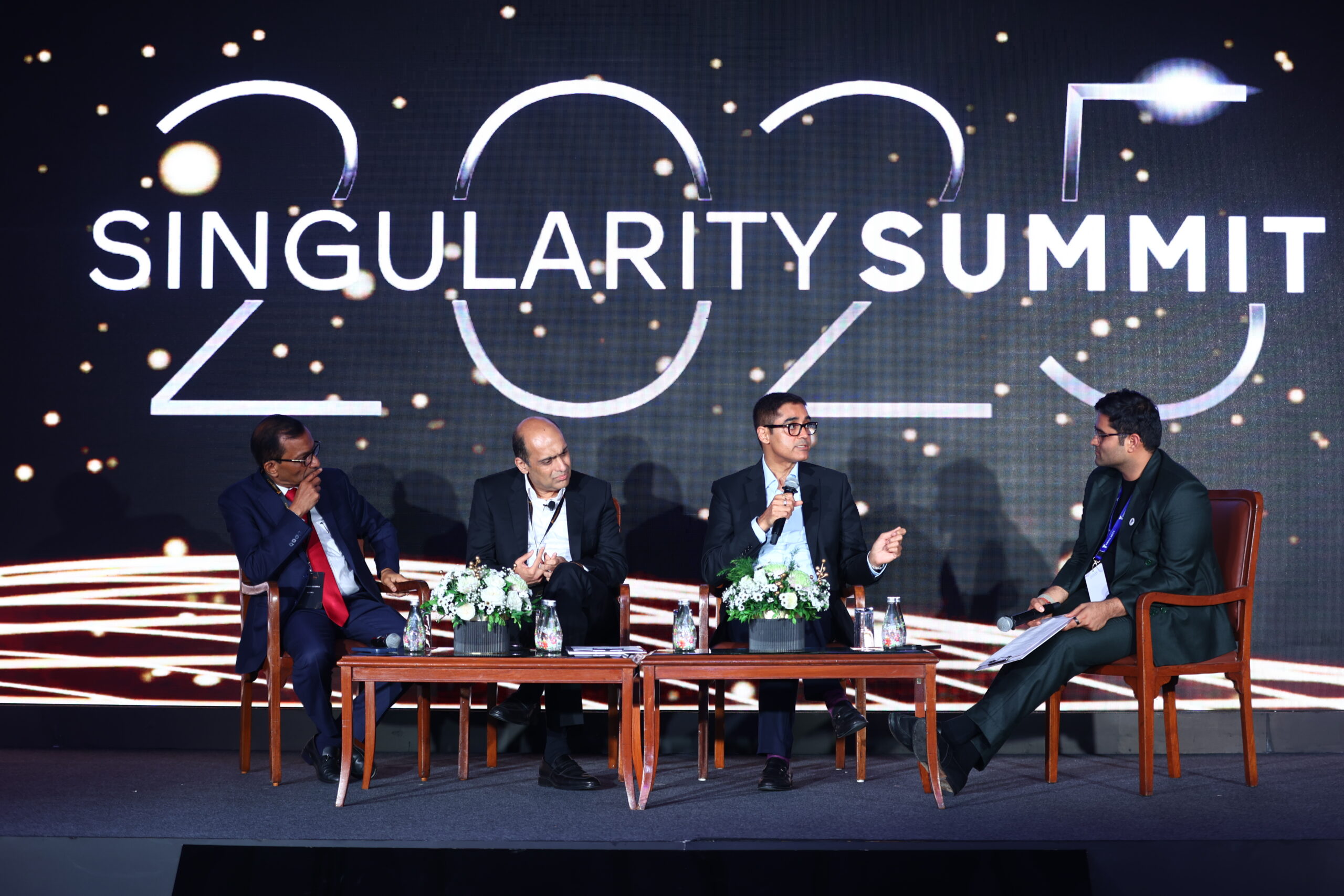
India’s investment landscape is shifting from chasing bargains to backing long-term winners. The panel emphasized disciplined capital allocation, management quality, and sectors with real operating leverage, especially financials, tech, and pharma. Family offices are getting more strategic, focusing on compounders over cycles. The path forward is clear: returns will follow sustainable sectors and clear execution as India moves toward a $10 trillion economy.
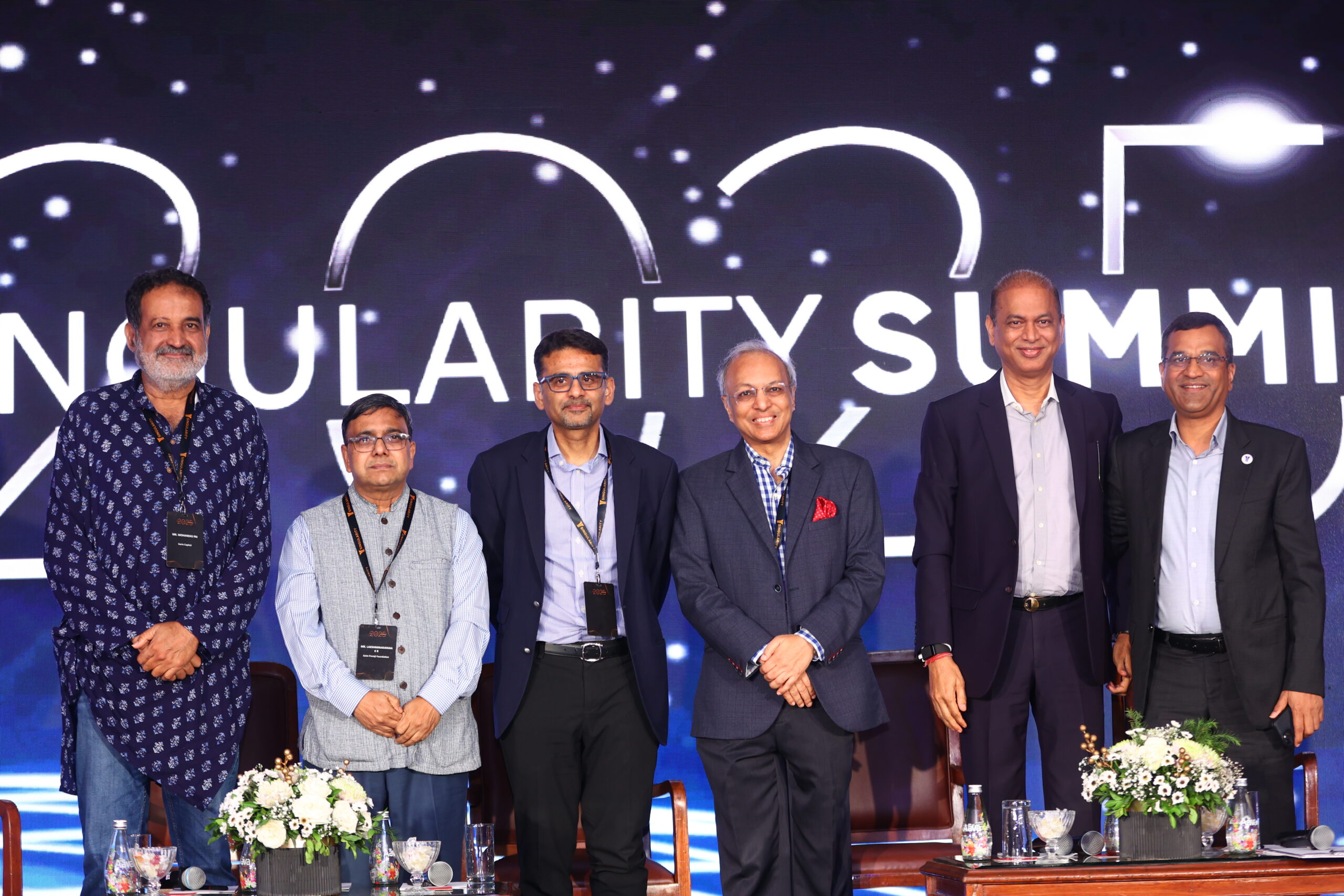
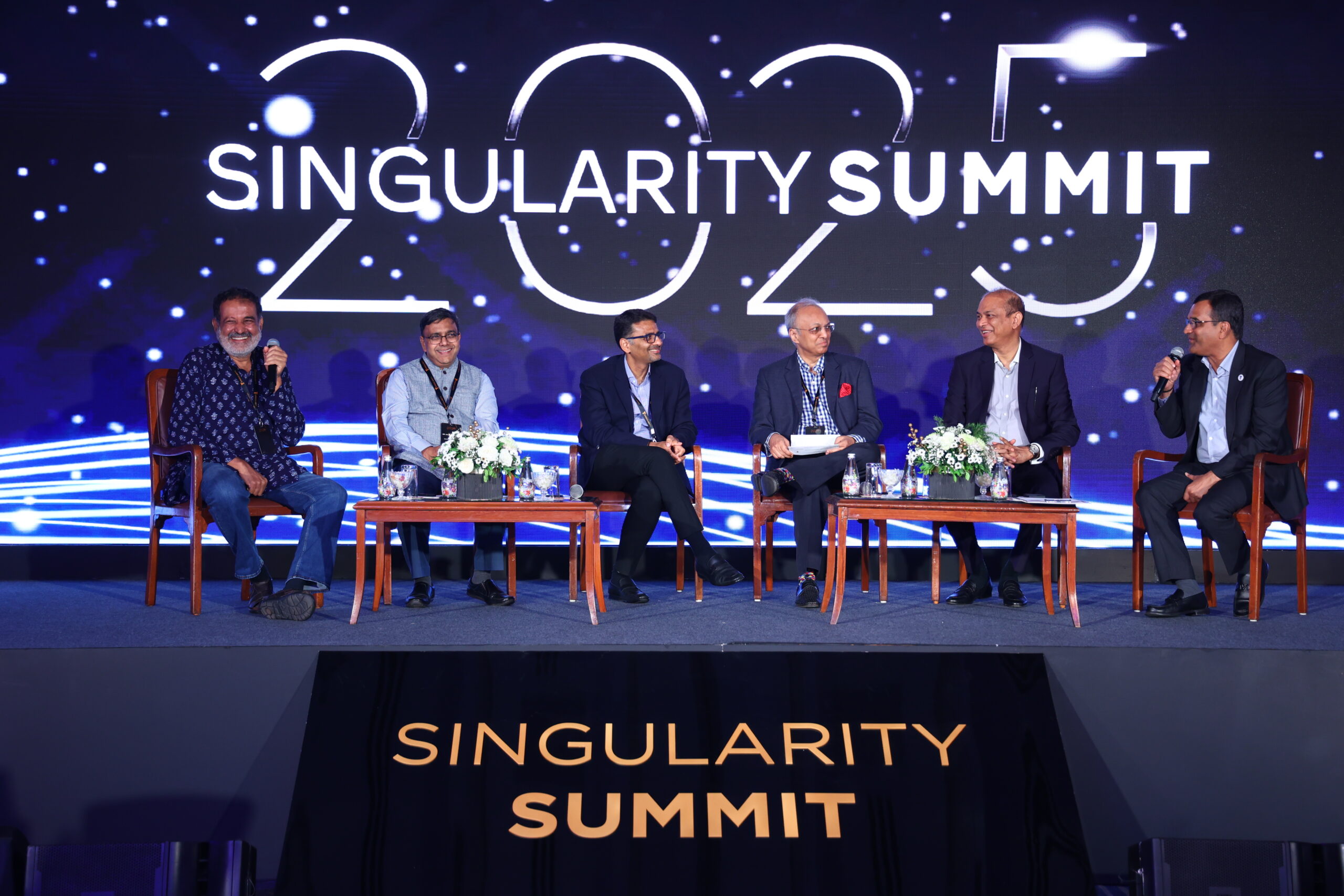
Dixon’s ambition to be “India’s Foxconn” is underwritten by upstream intent. Mr. Vachani emphasized component manufacturing, display modules, and semicon packaging as the next leap. From supplying Android giants to eyeing Apple’s ecosystem, the message was clear: India missed the first hardware bus. It cannot afford to miss the second.
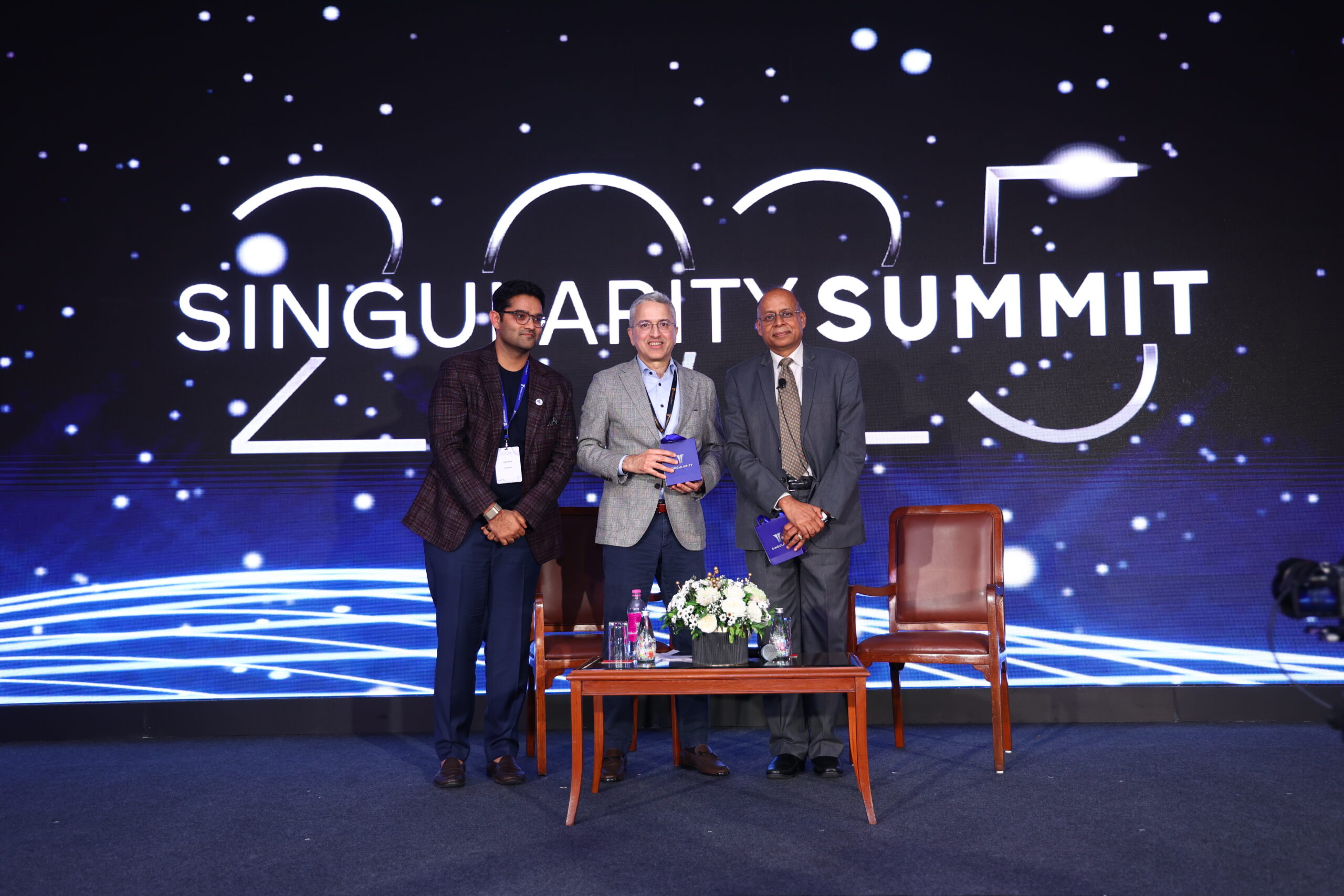

India’s $100B opportunity in defence and space depends on anchor demand and trust-based procurement. The panel discussed the lack of continuity in government contracts, the long gestation of defence products, and the need to de-risk early-stage innovation. From artillery systems to full airframes for global OEMs, Indian firms have proven capability. What’s needed is predictable support — and patient capital.
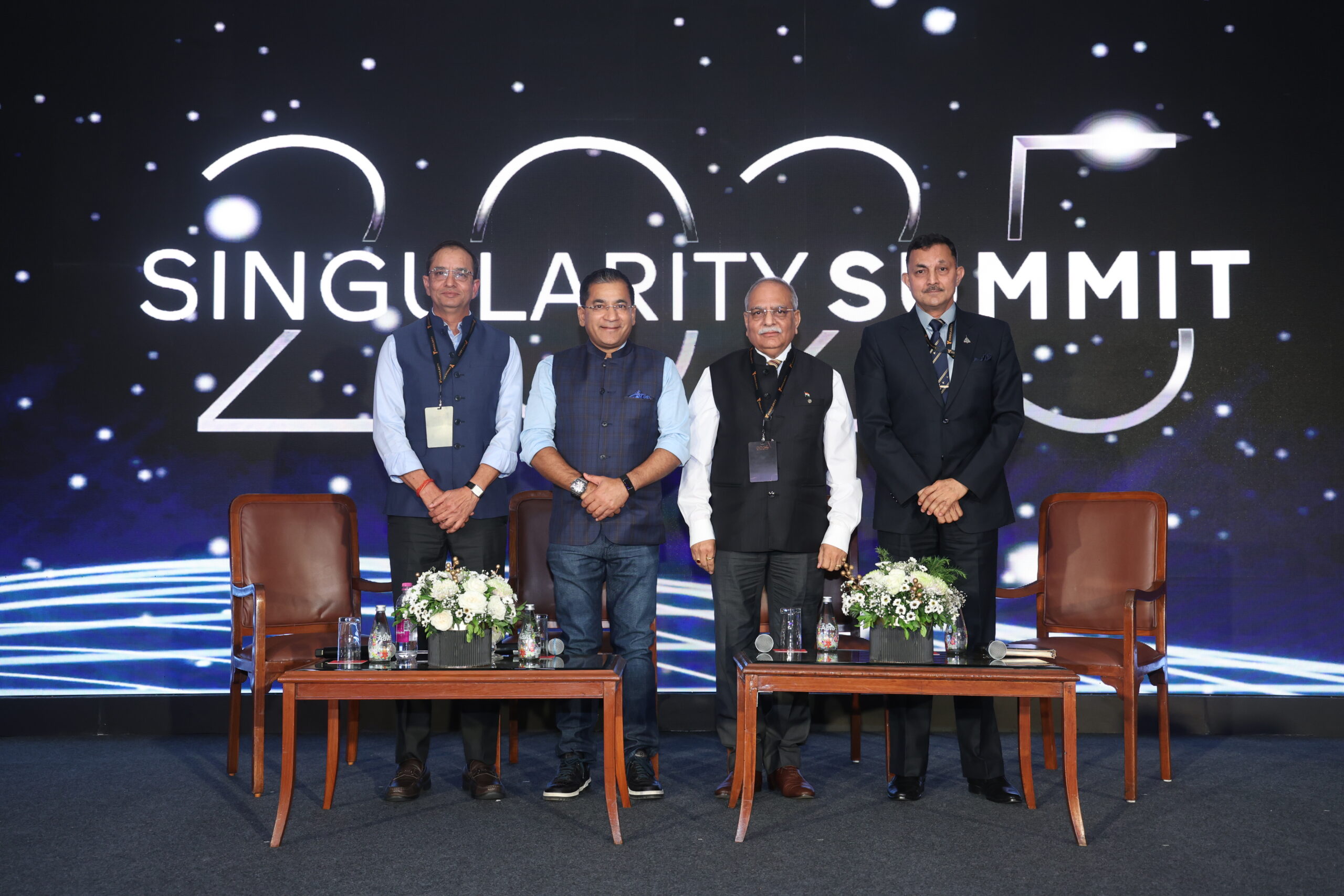
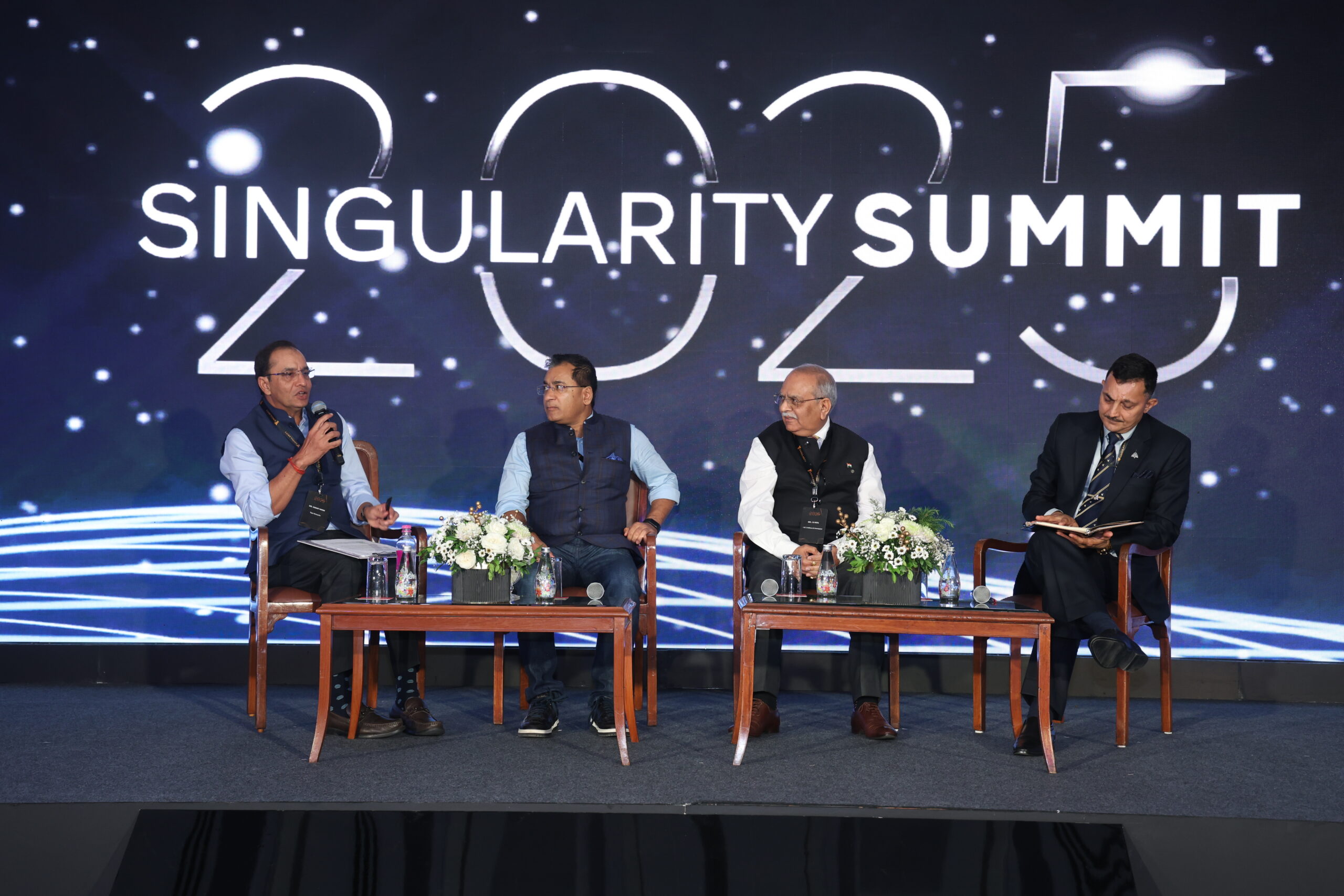
The semiconductor strategy must focus not just on fabs, but on areas where India has natural leverage: OSAT, IP design, and midstream packaging. The panel was candid: the ITA agreement was a strategic blunder; future policy must protect upstream value. Strategic JVs, local IP mandates, and infrastructure for design-to-packaging were framed as critical to avoid another dependency cycle.
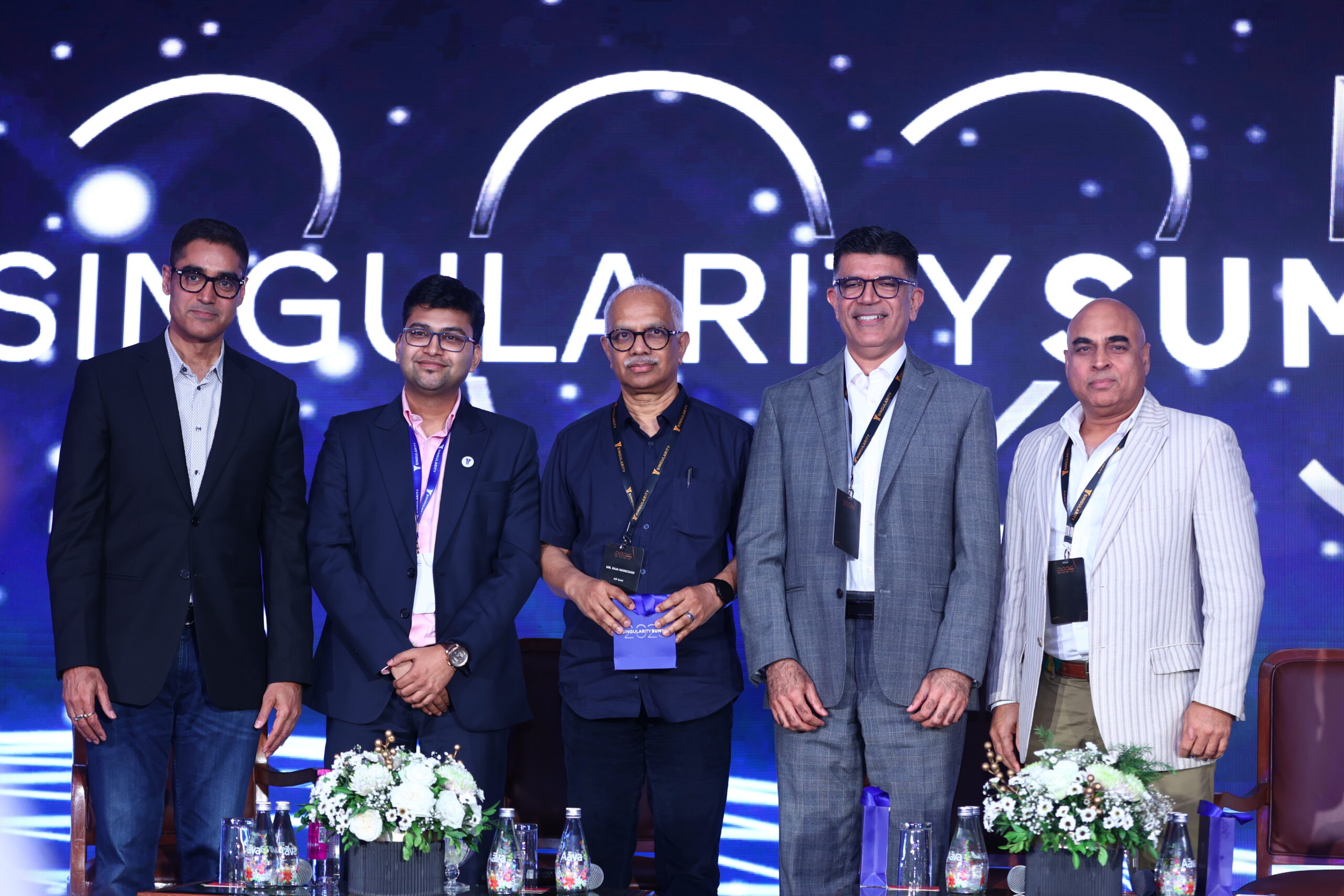
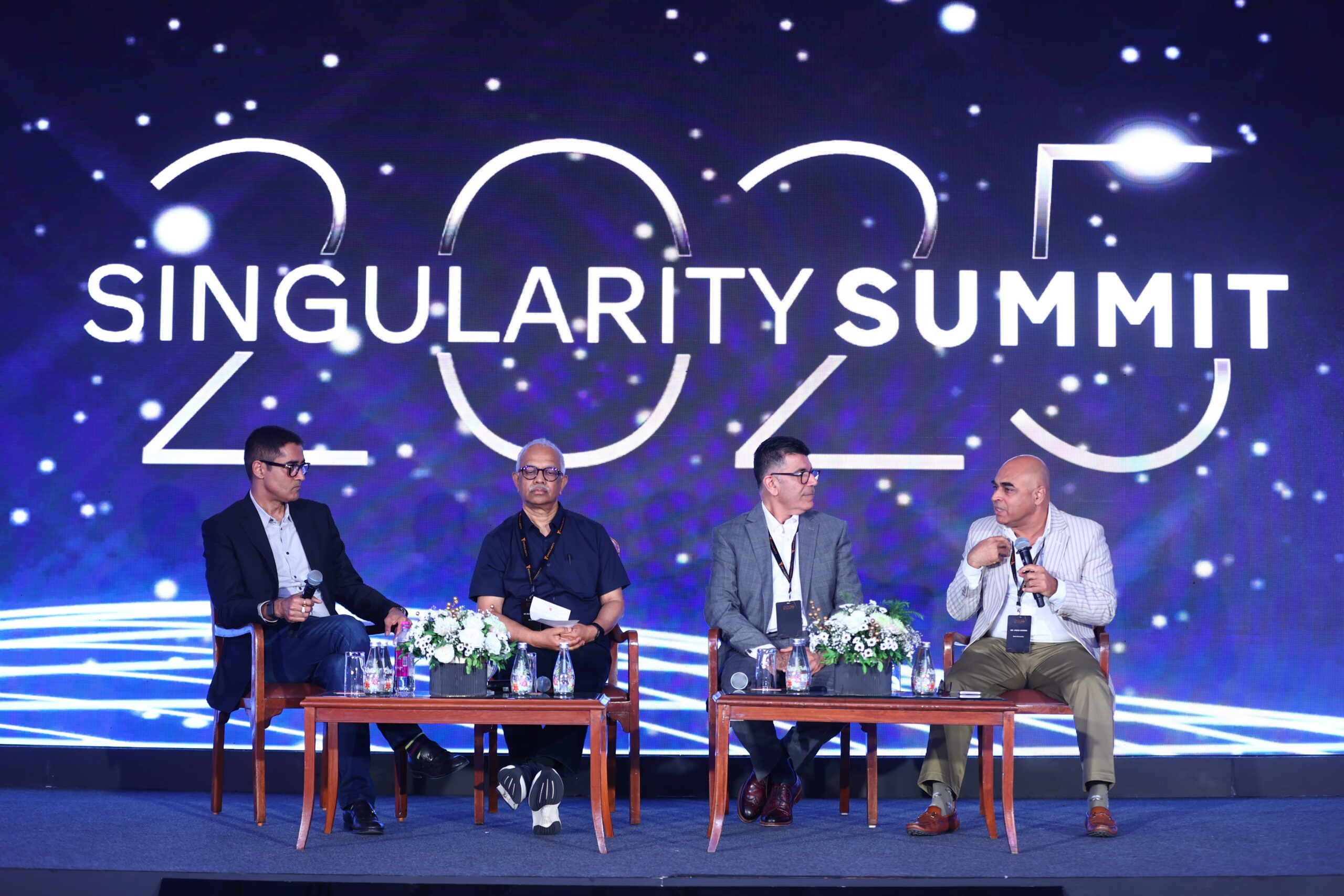
While brief, this session flagged India’s data infrastructure as the new steel — critical for sovereign capability. Investments in data centers, energy-efficient AI compute, and regulatory clarity on cross-border data flows were outlined as non-negotiables for building foundational tech layers. With India aiming to be the third pole in AI, the need is not just models — but infra, capital, and energy coordination.
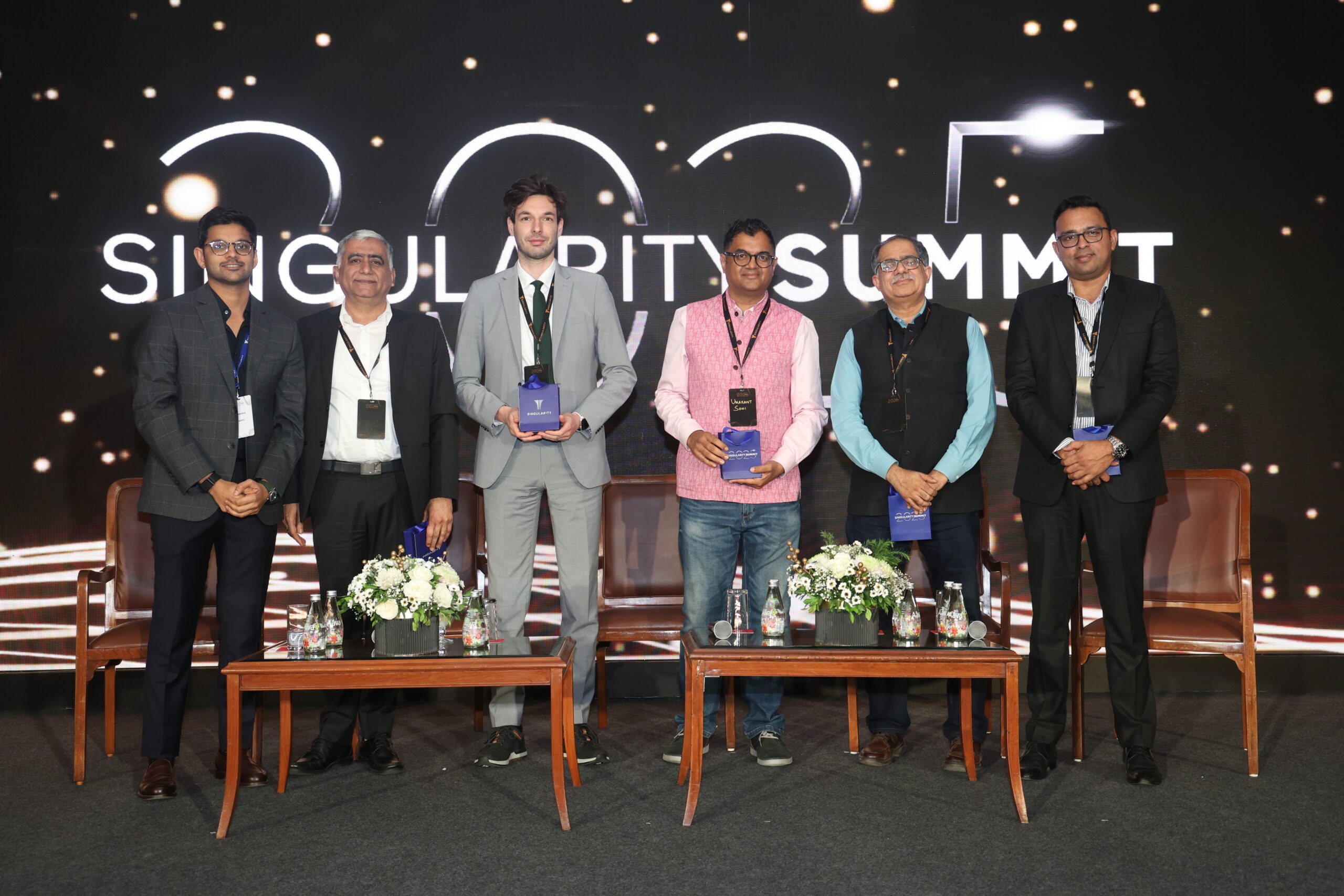
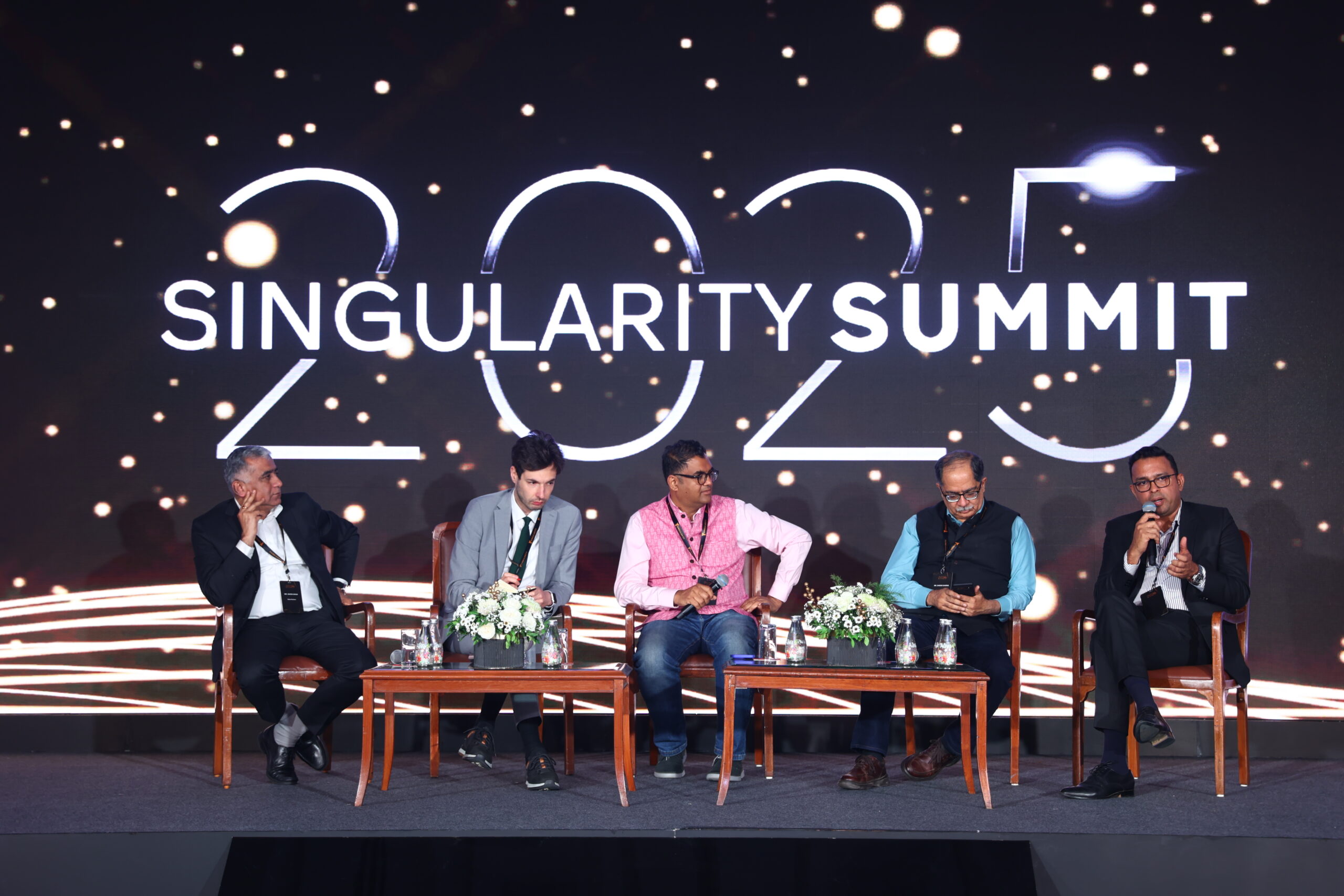
India’s medtech opportunity mirrors its 2000s pharma moment. Yet, 75% of equipment is still imported. The panel emphasized building domestic champions in diagnostics, implants, and radiology infrastructure — using opex-led models and public-private partnerships. Medical devices, they argued, are not a side show — they are India’s next billion-dollar export sector. Expanding on medtech, this focused session addressed India’s lack of domestic innovation pipelines. The need to embed design capabilities, regulatory talent, and clinician-industry feedback loops was raised. Scaling without quality will backfire — hence, India’s strength must lie in low-cost, globally certified products that can serve both Bharat and the world.
